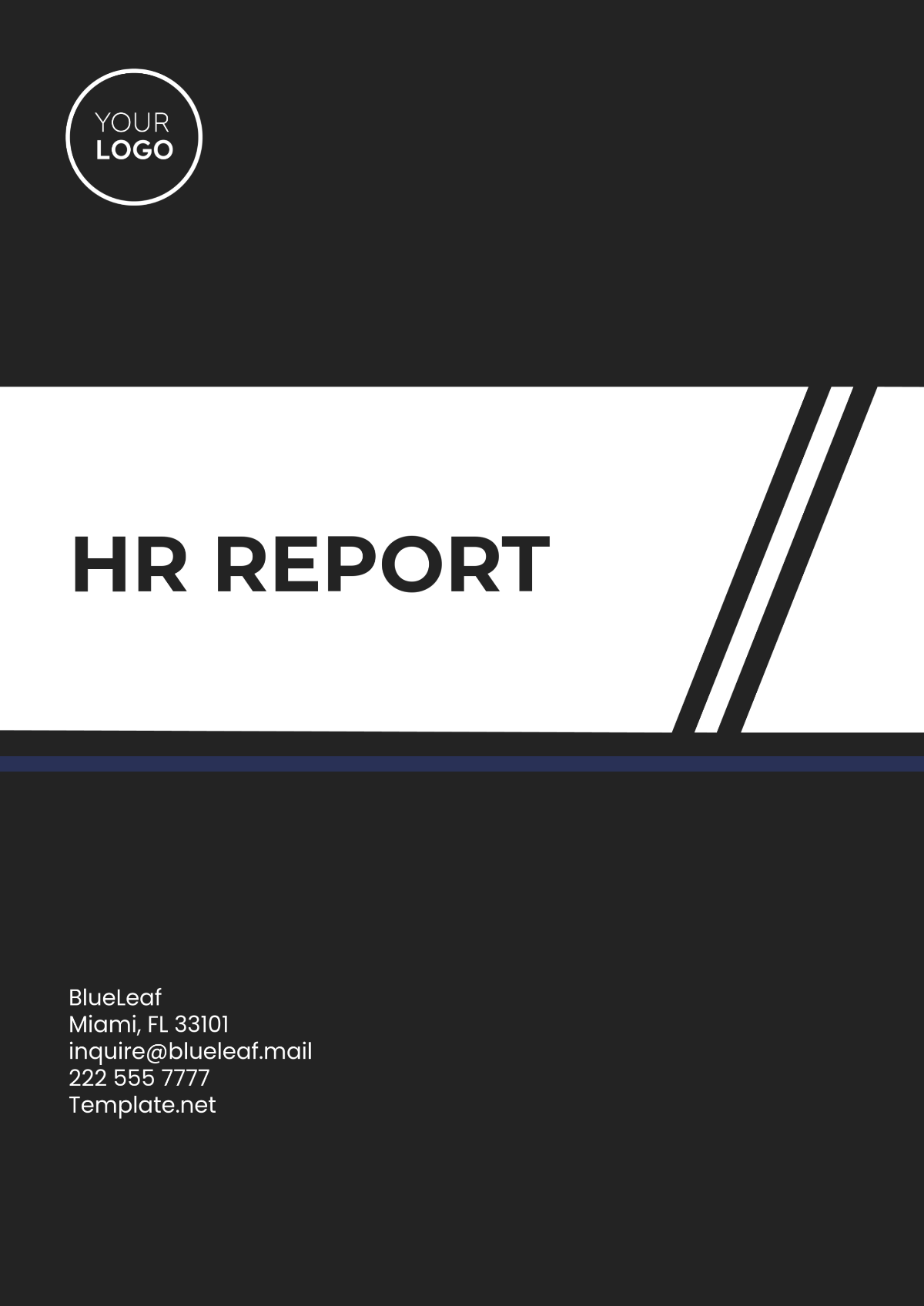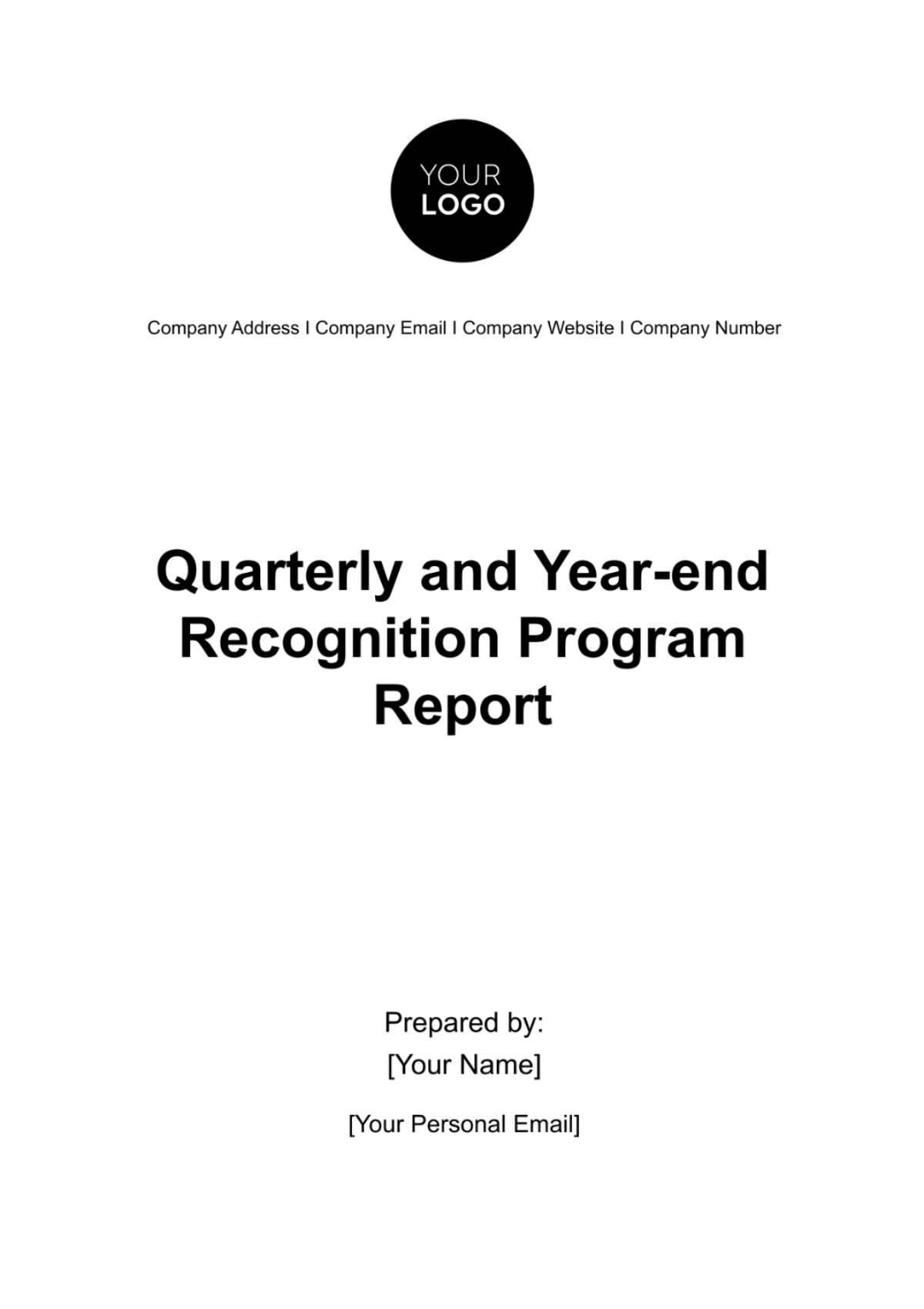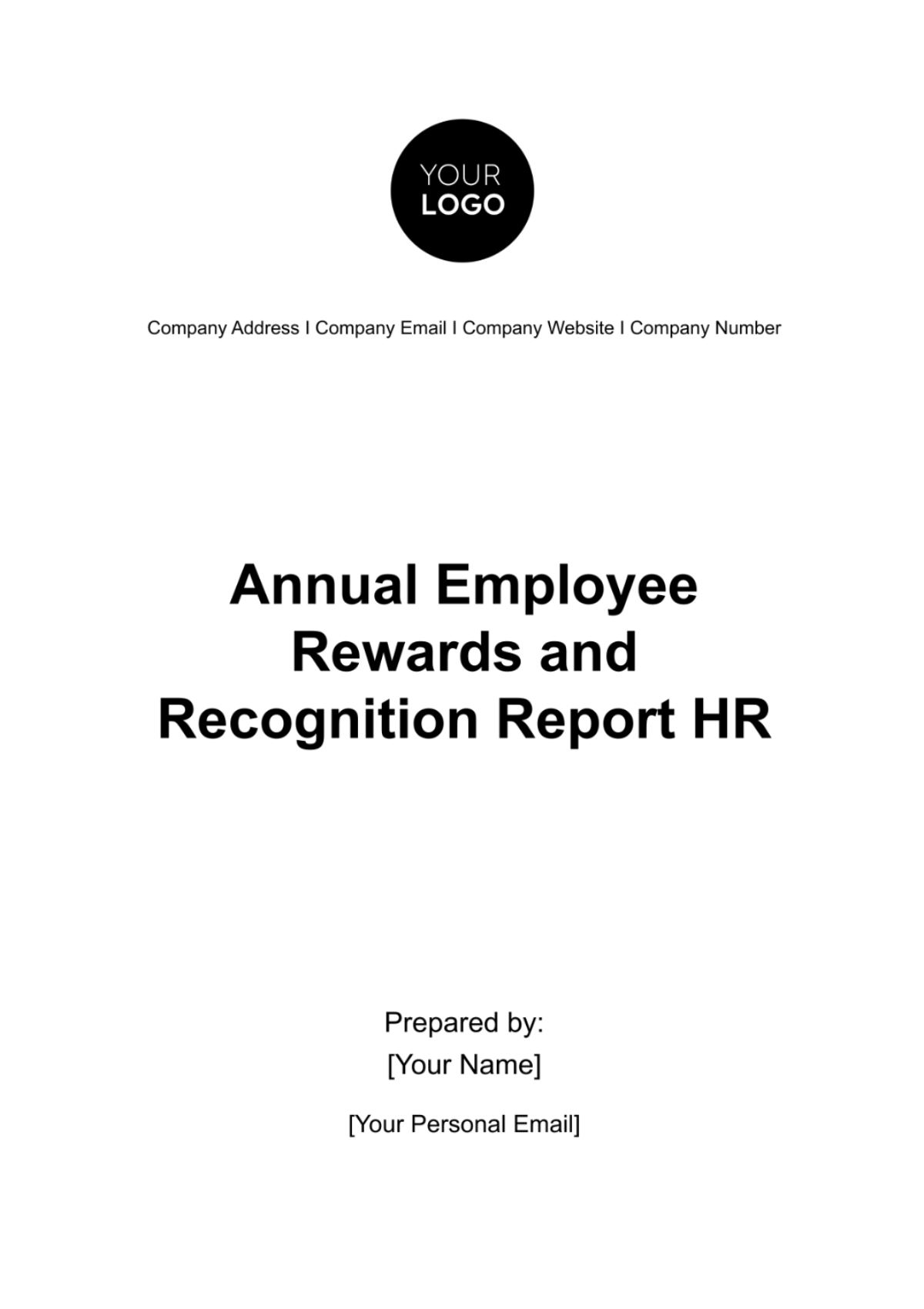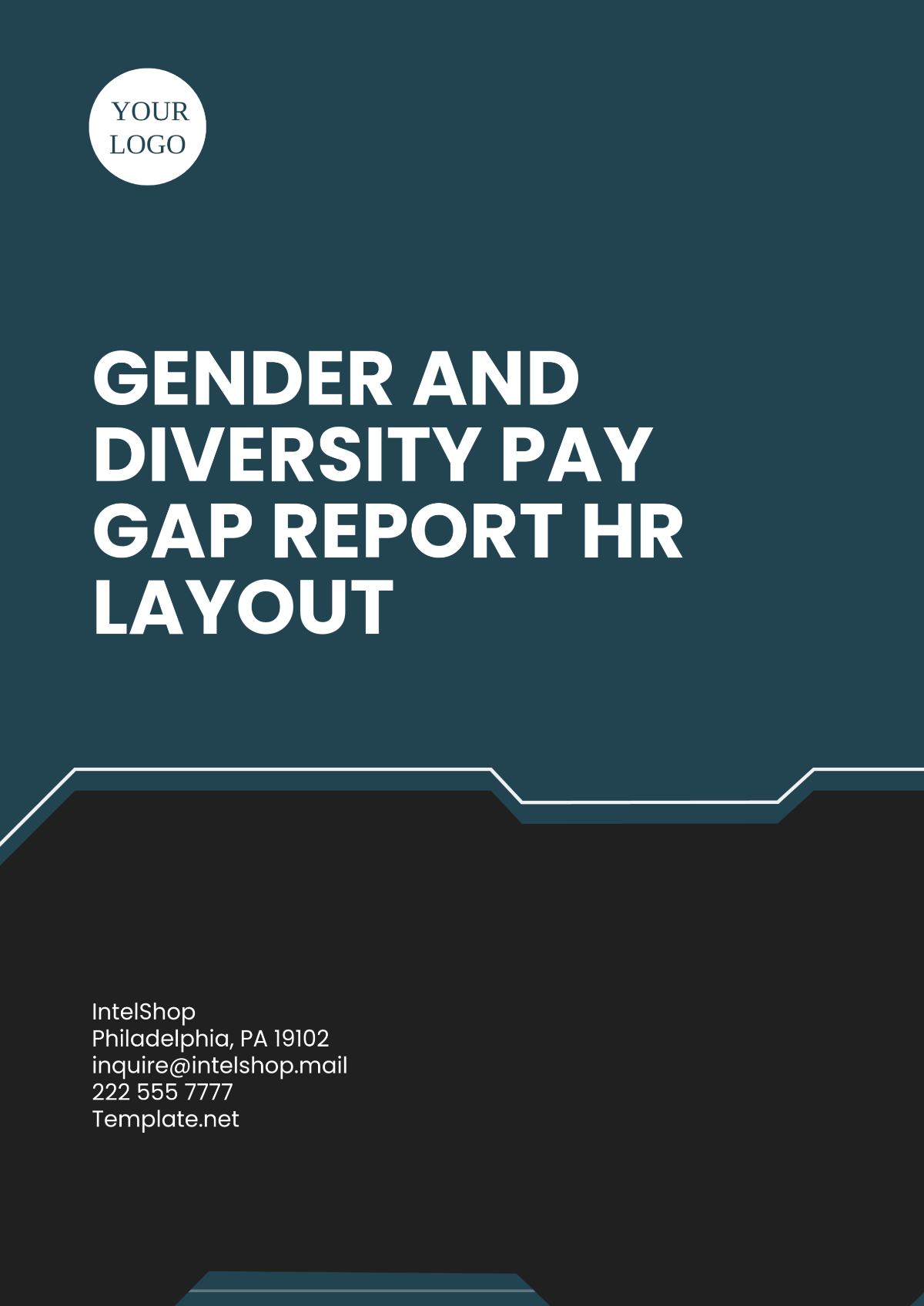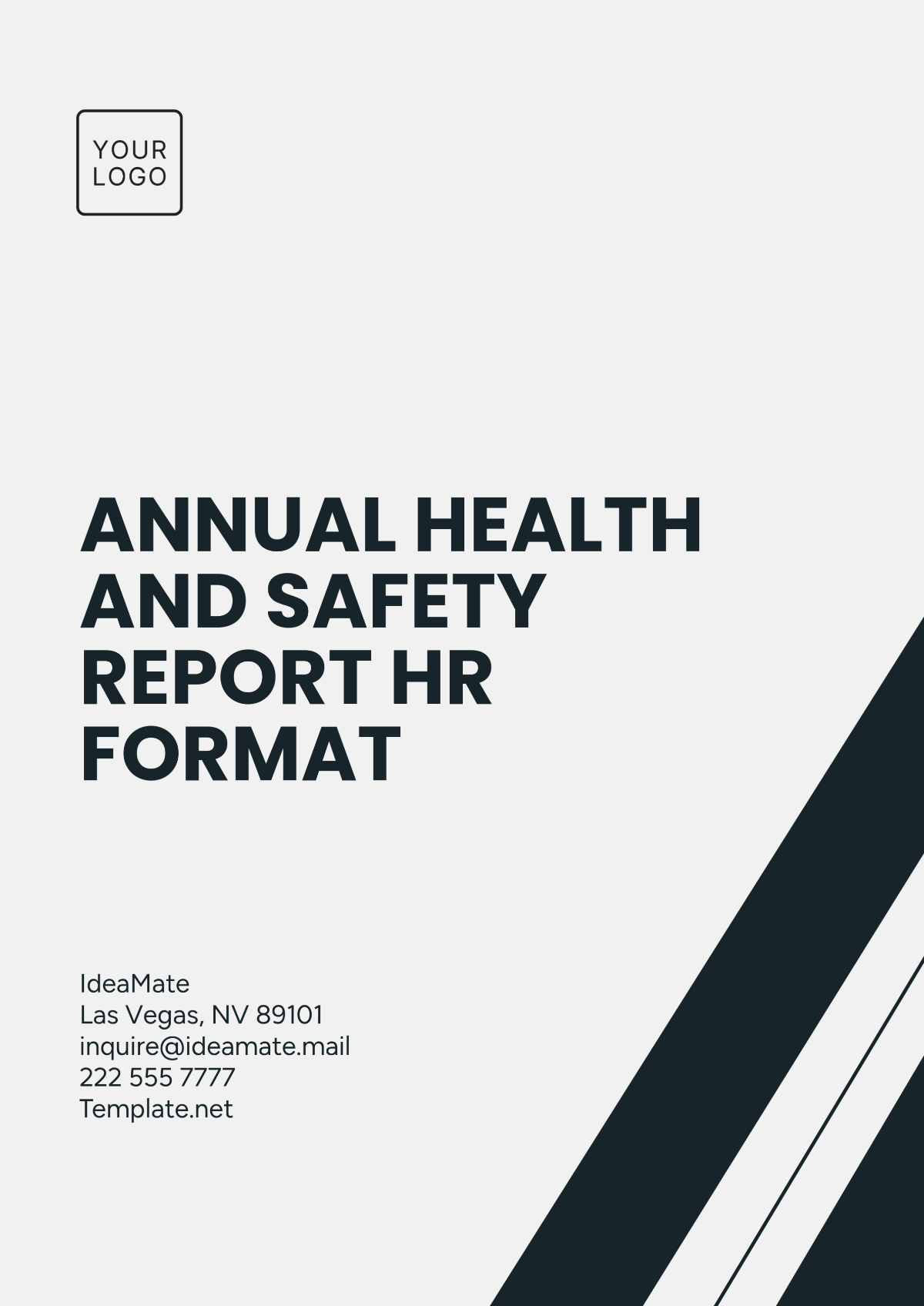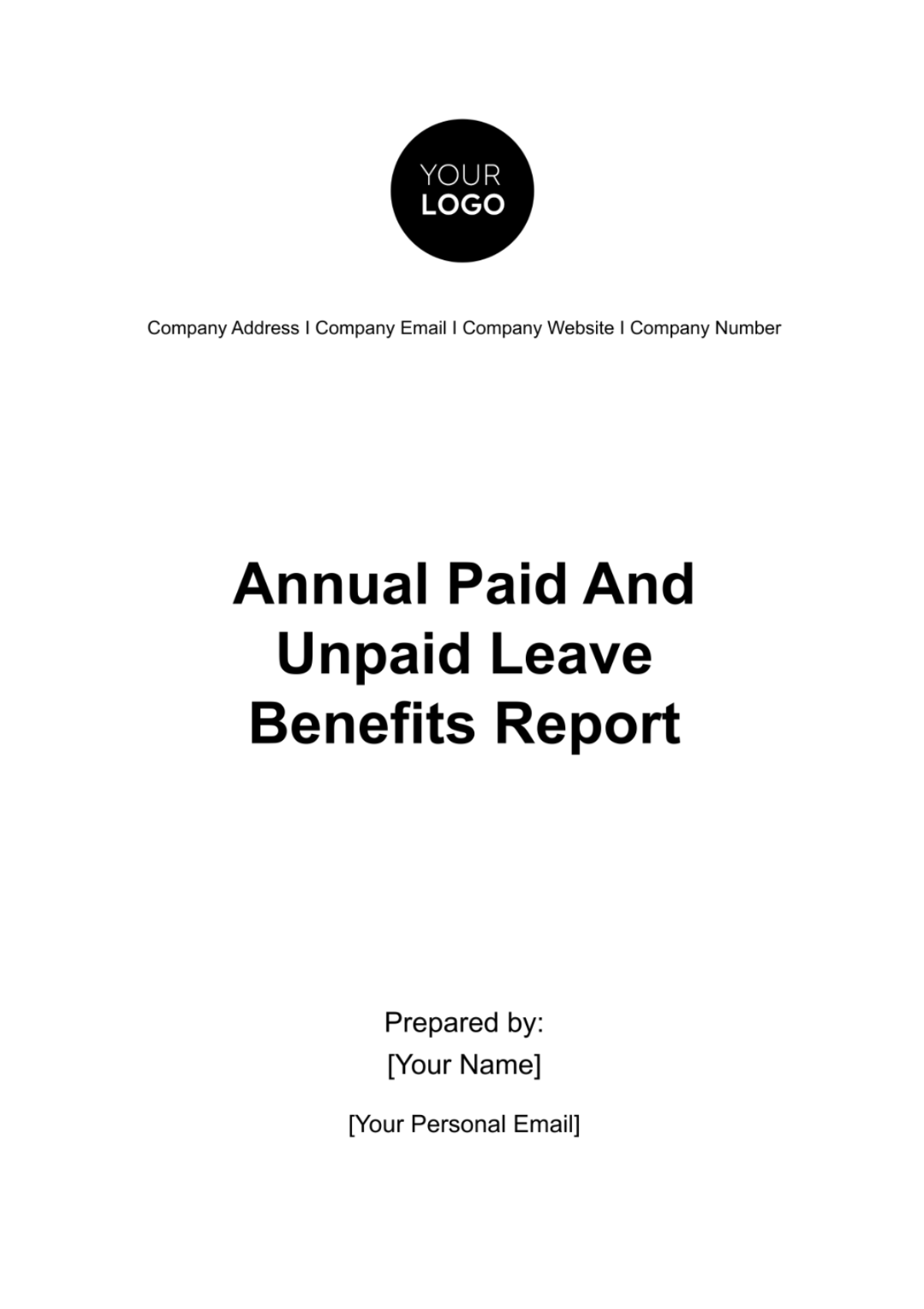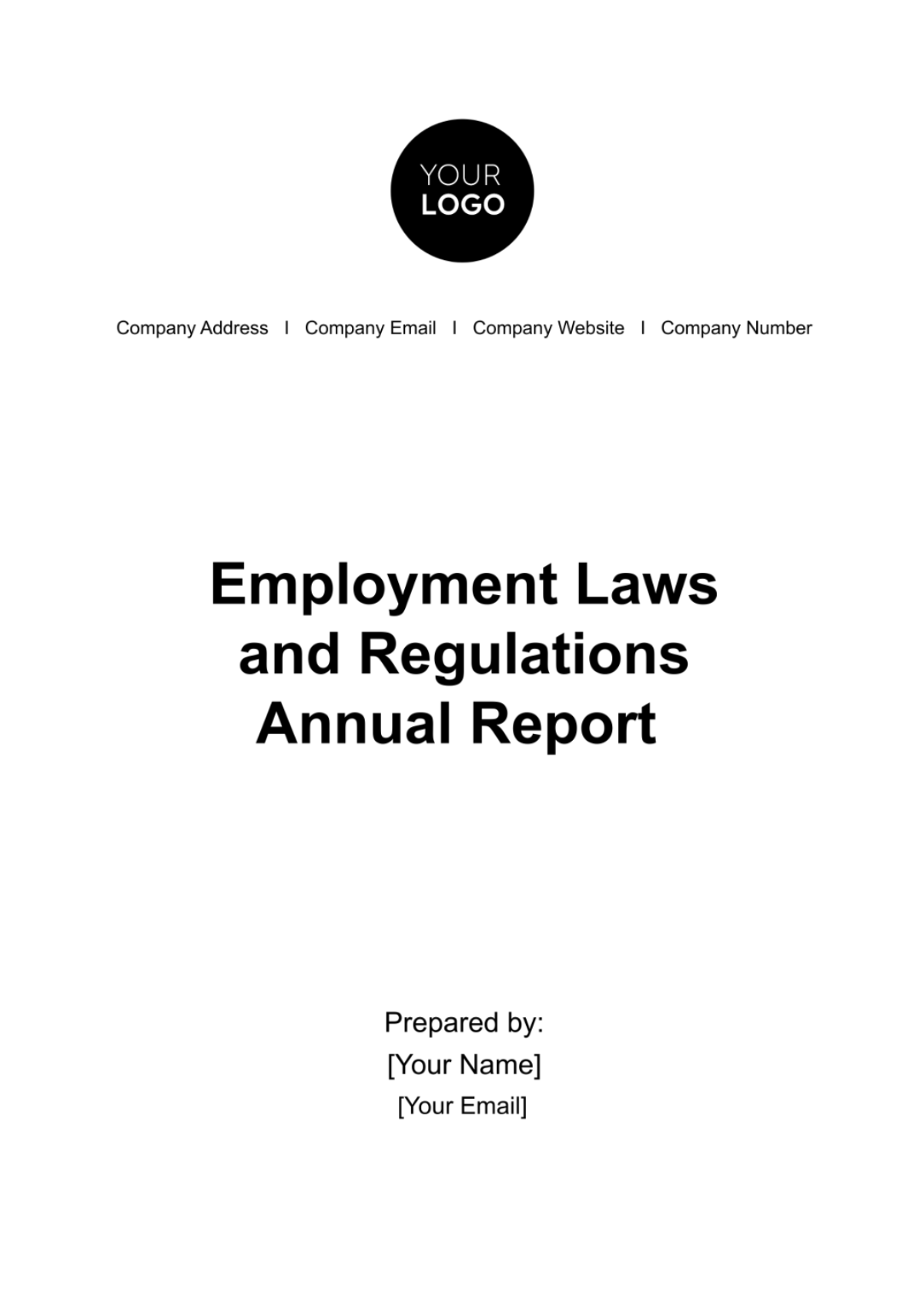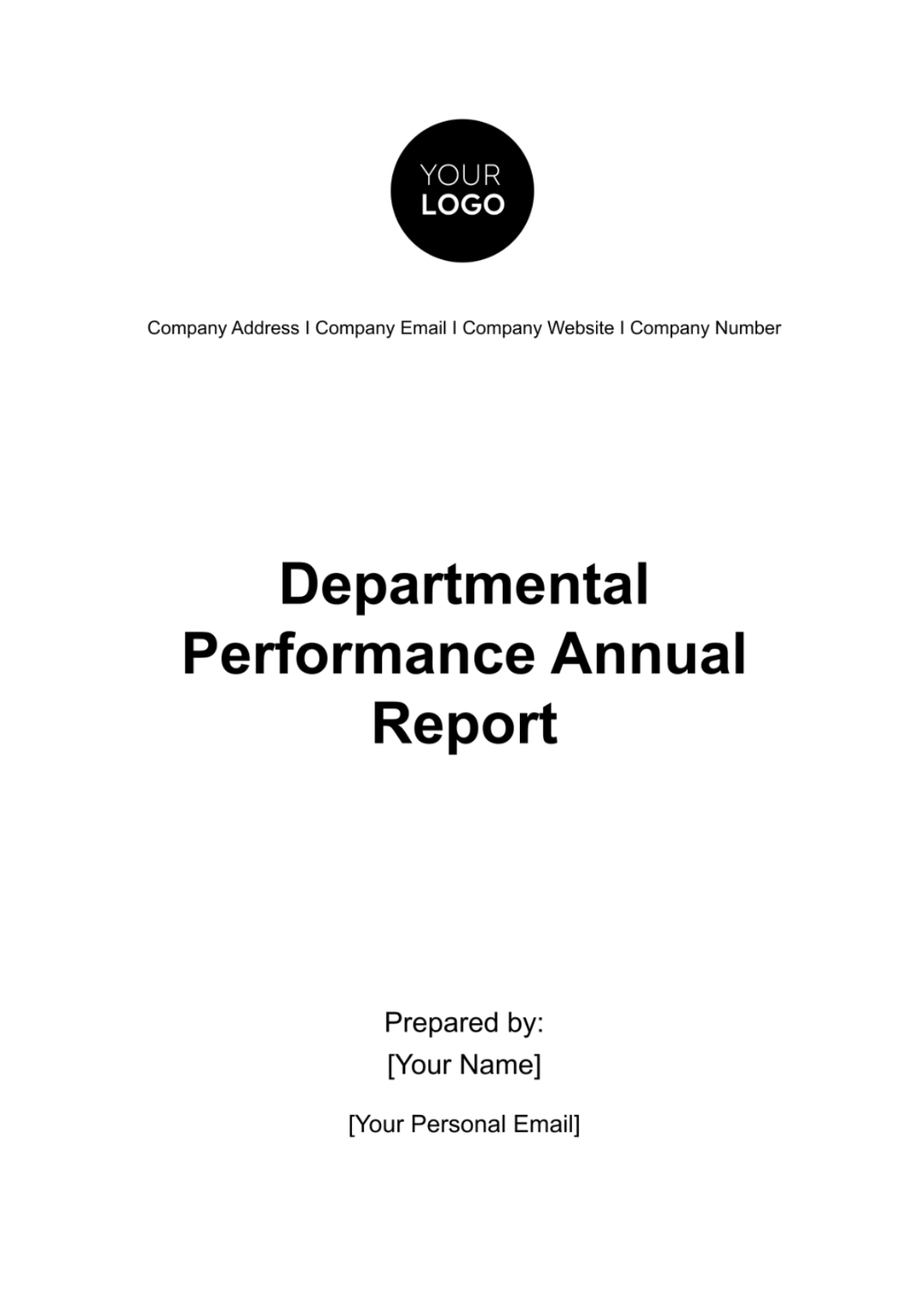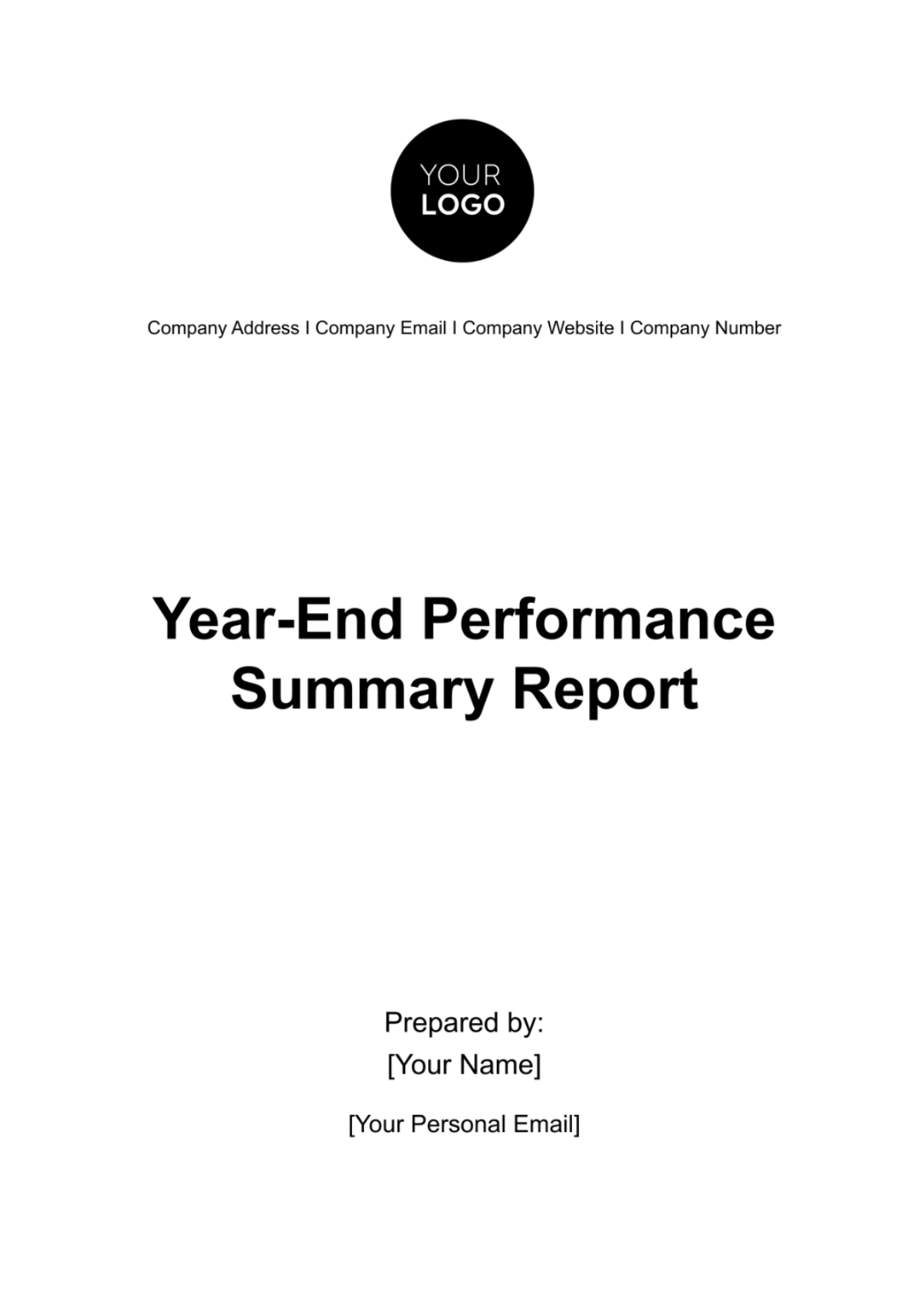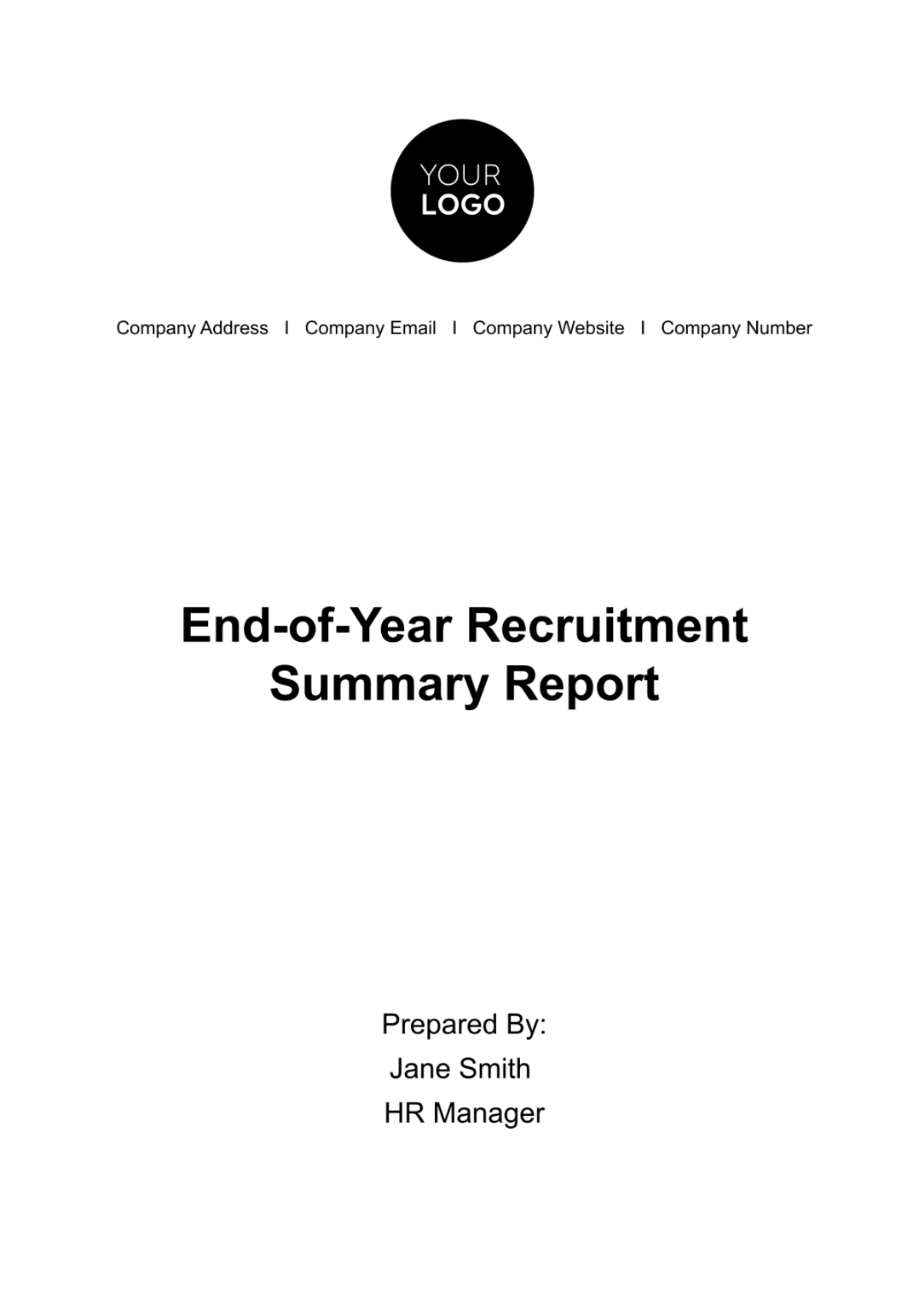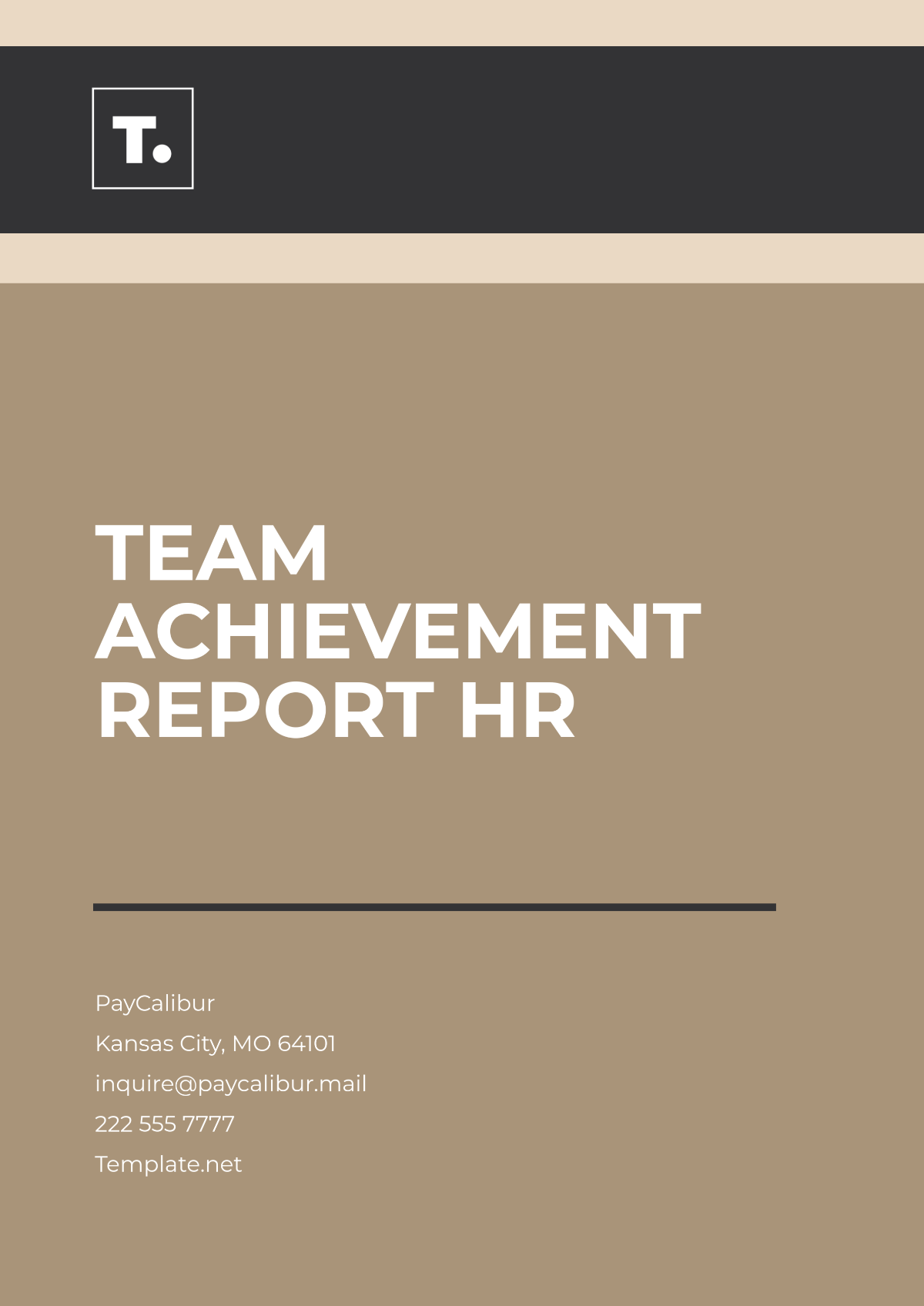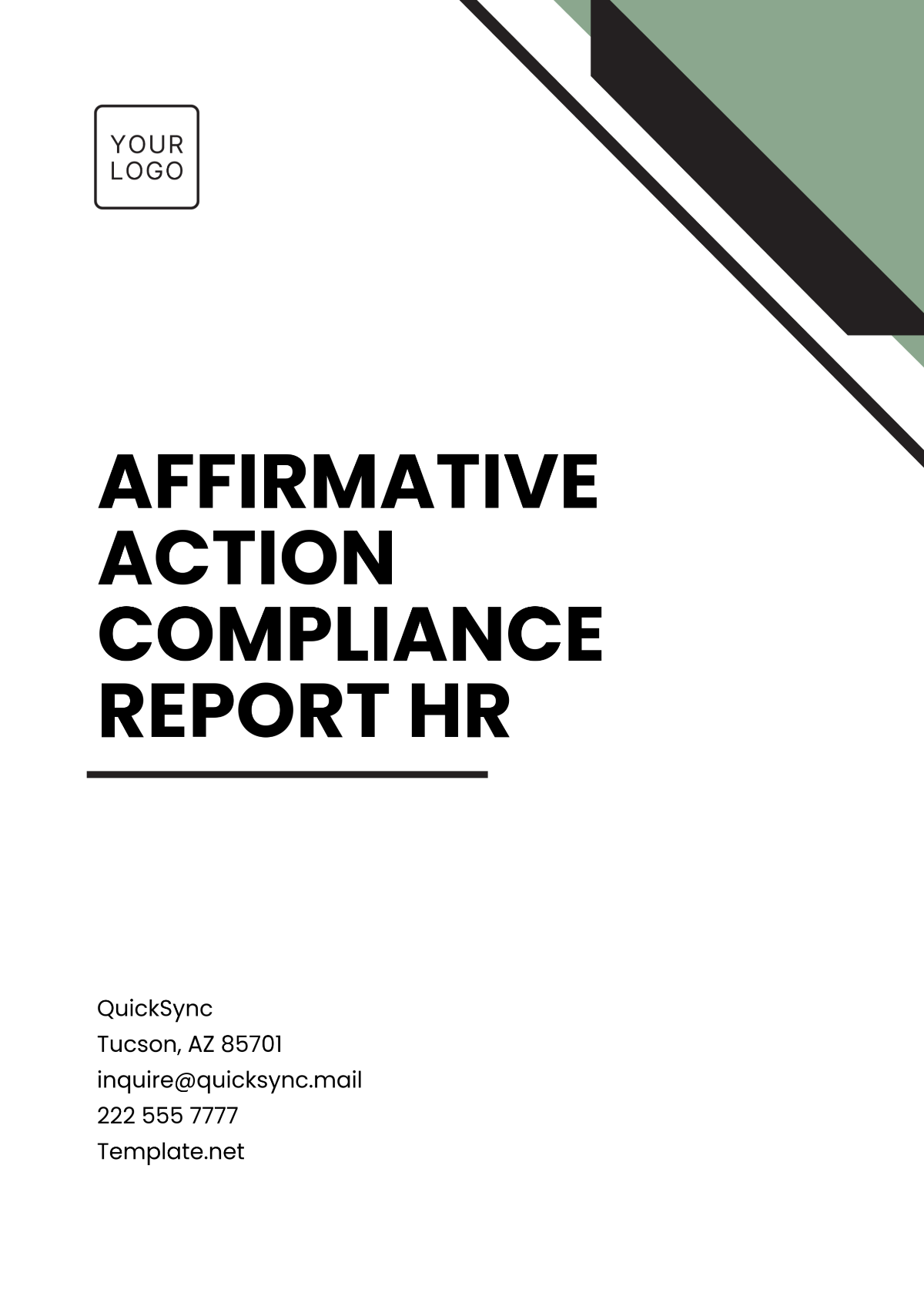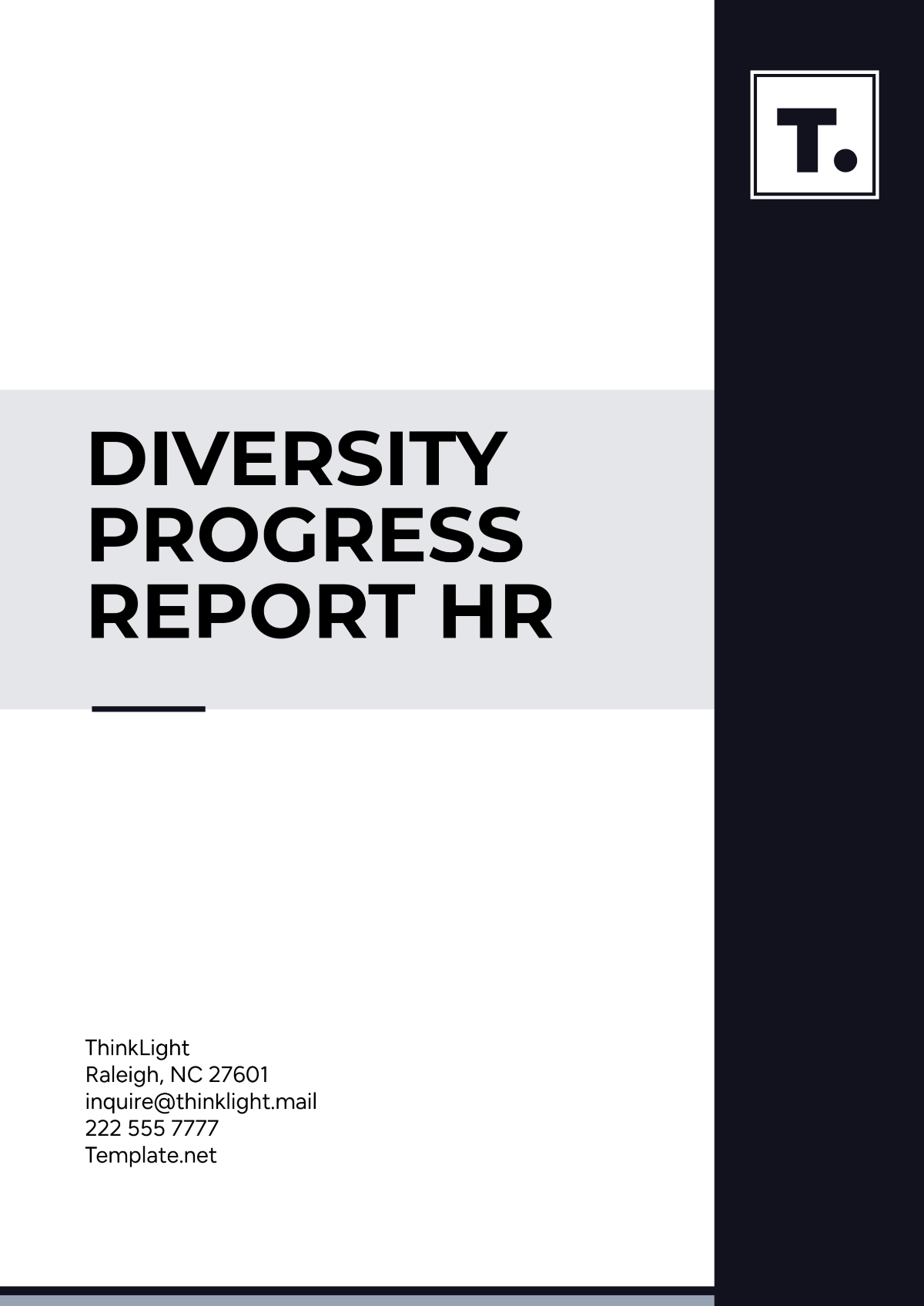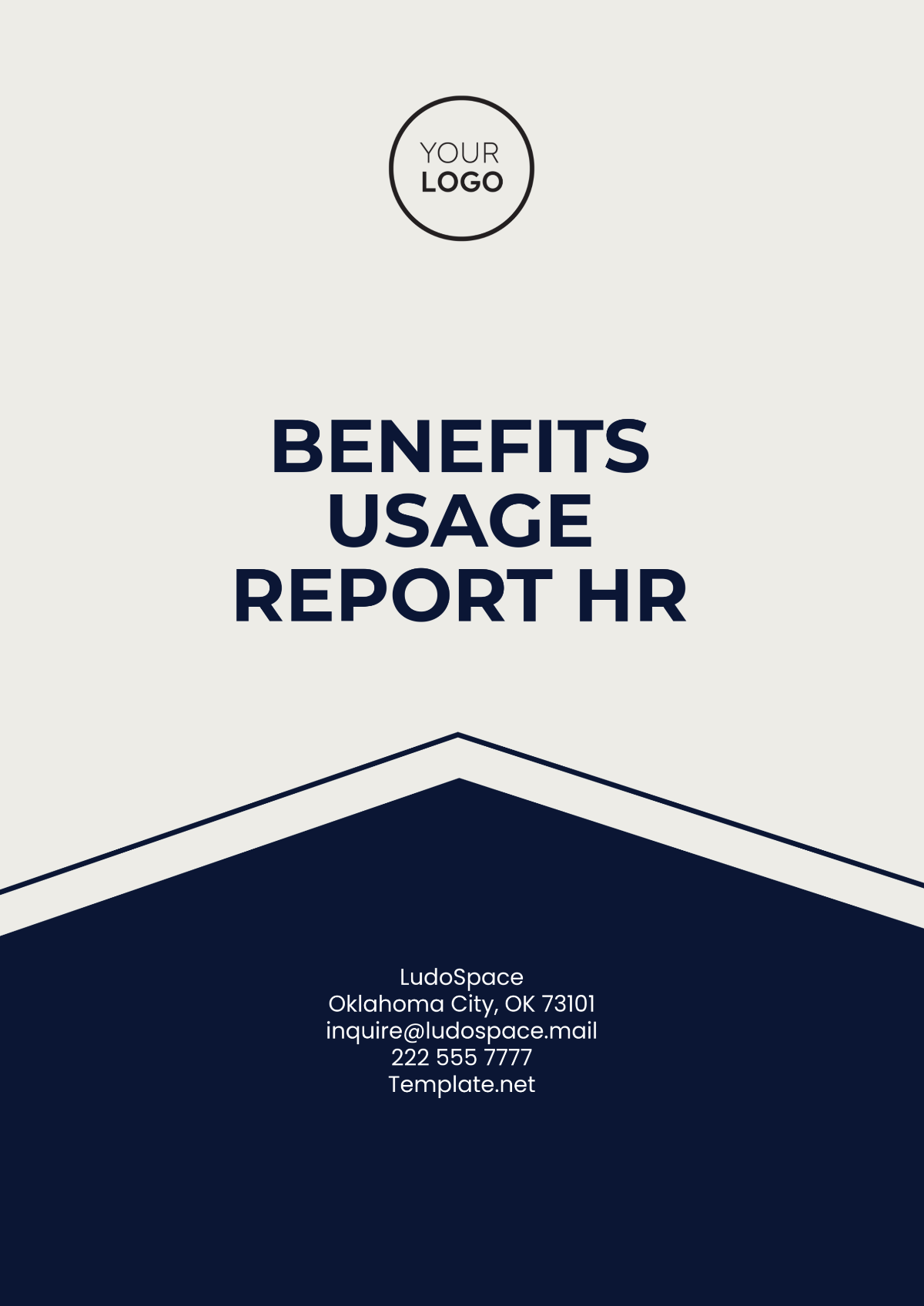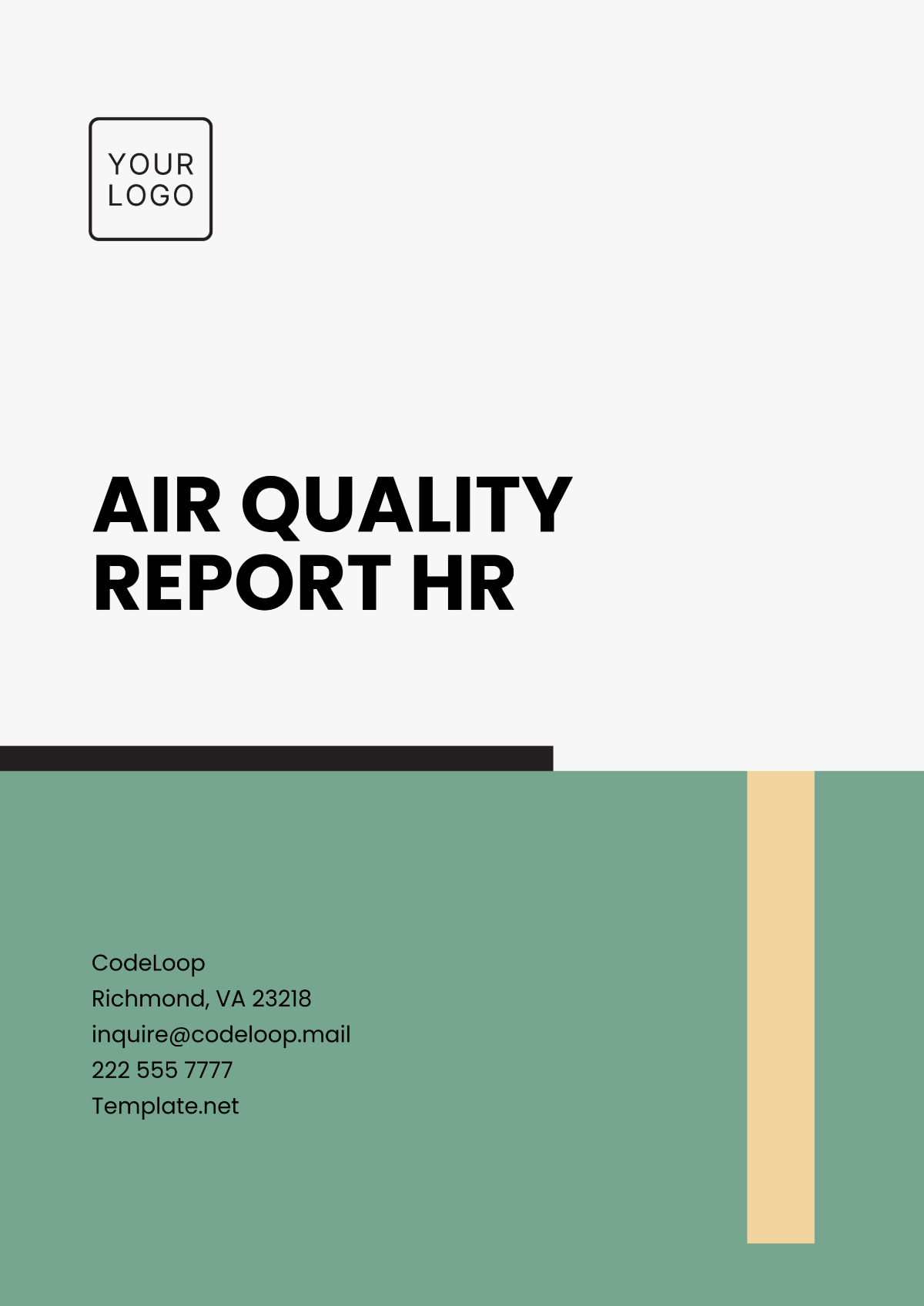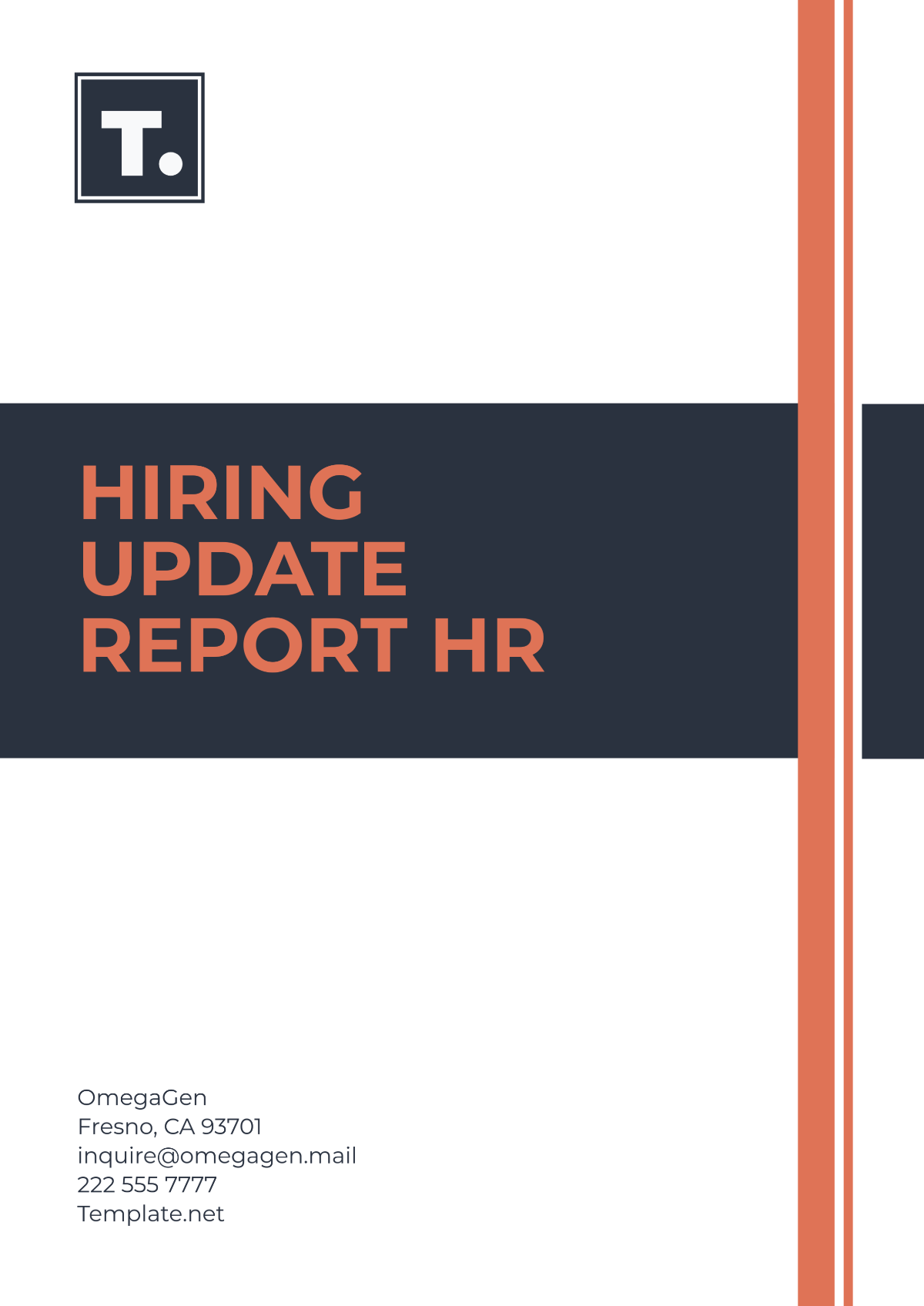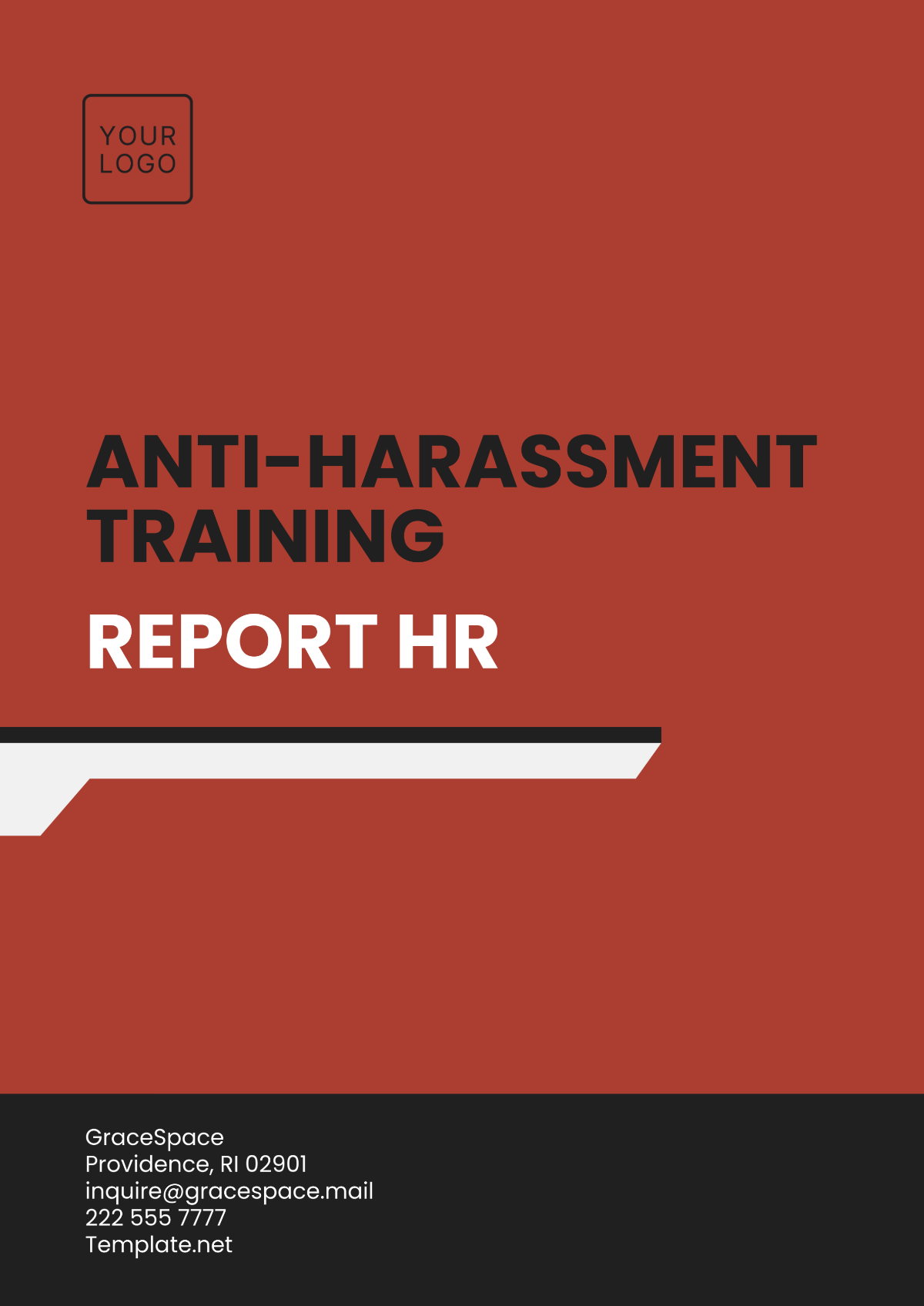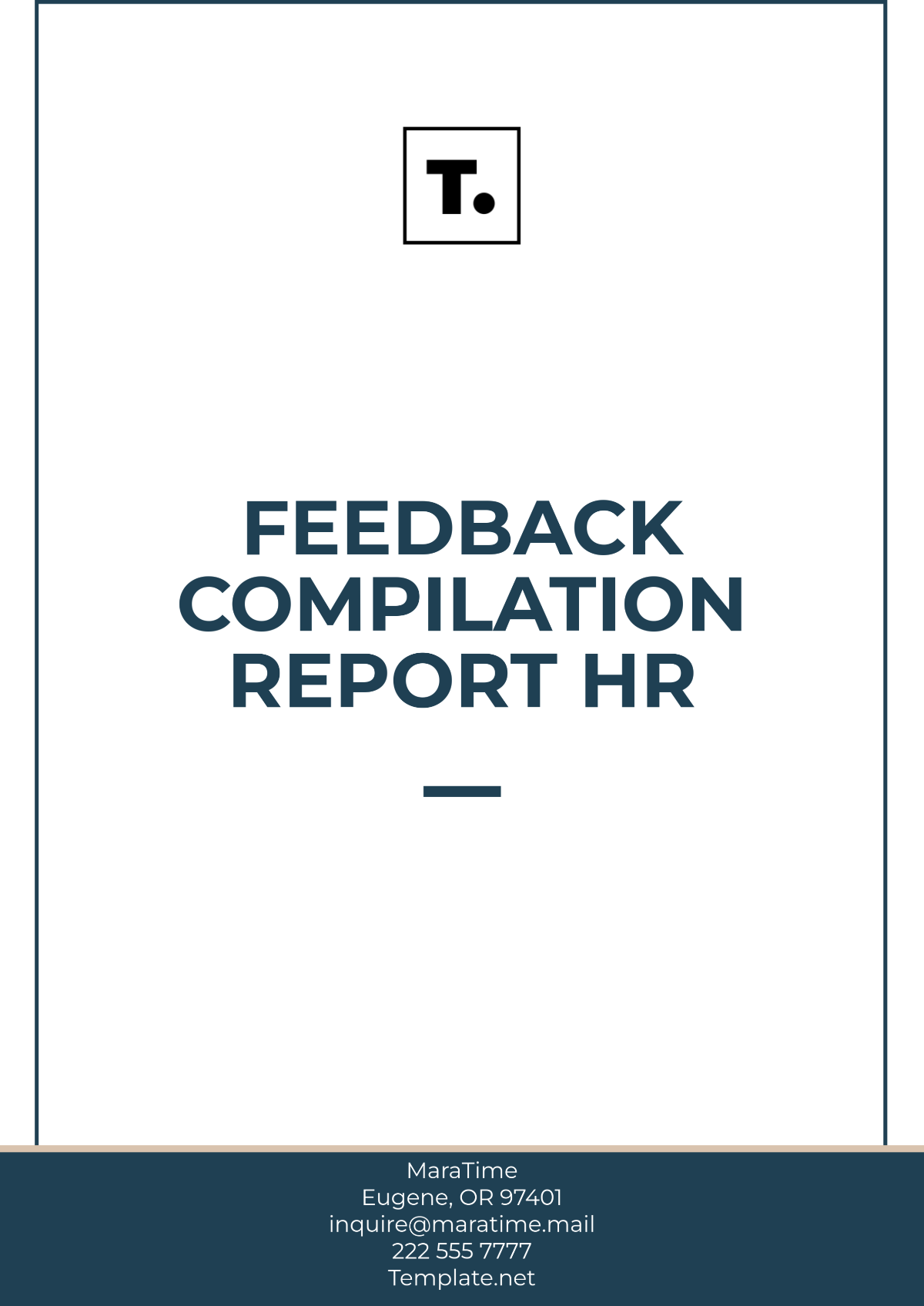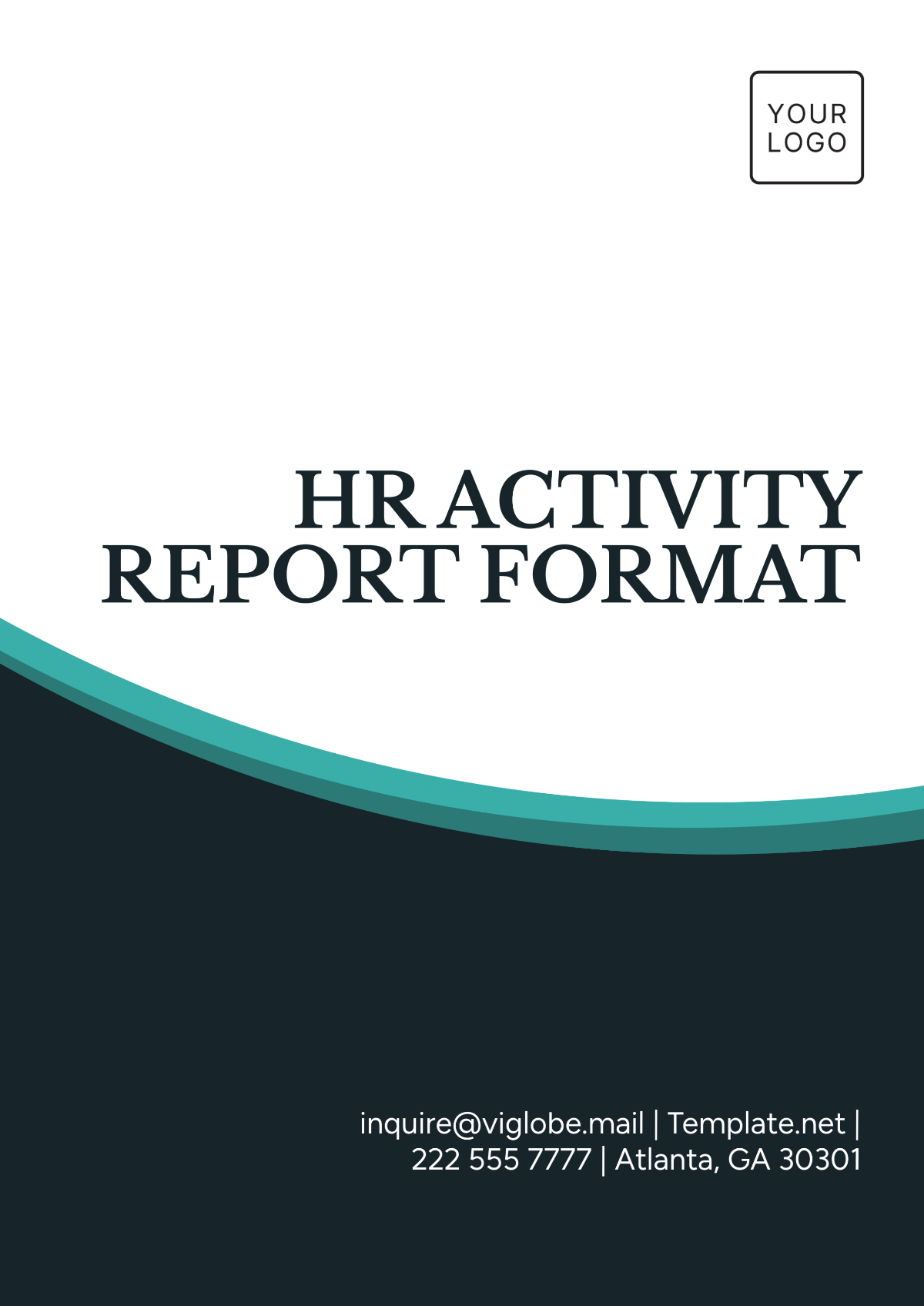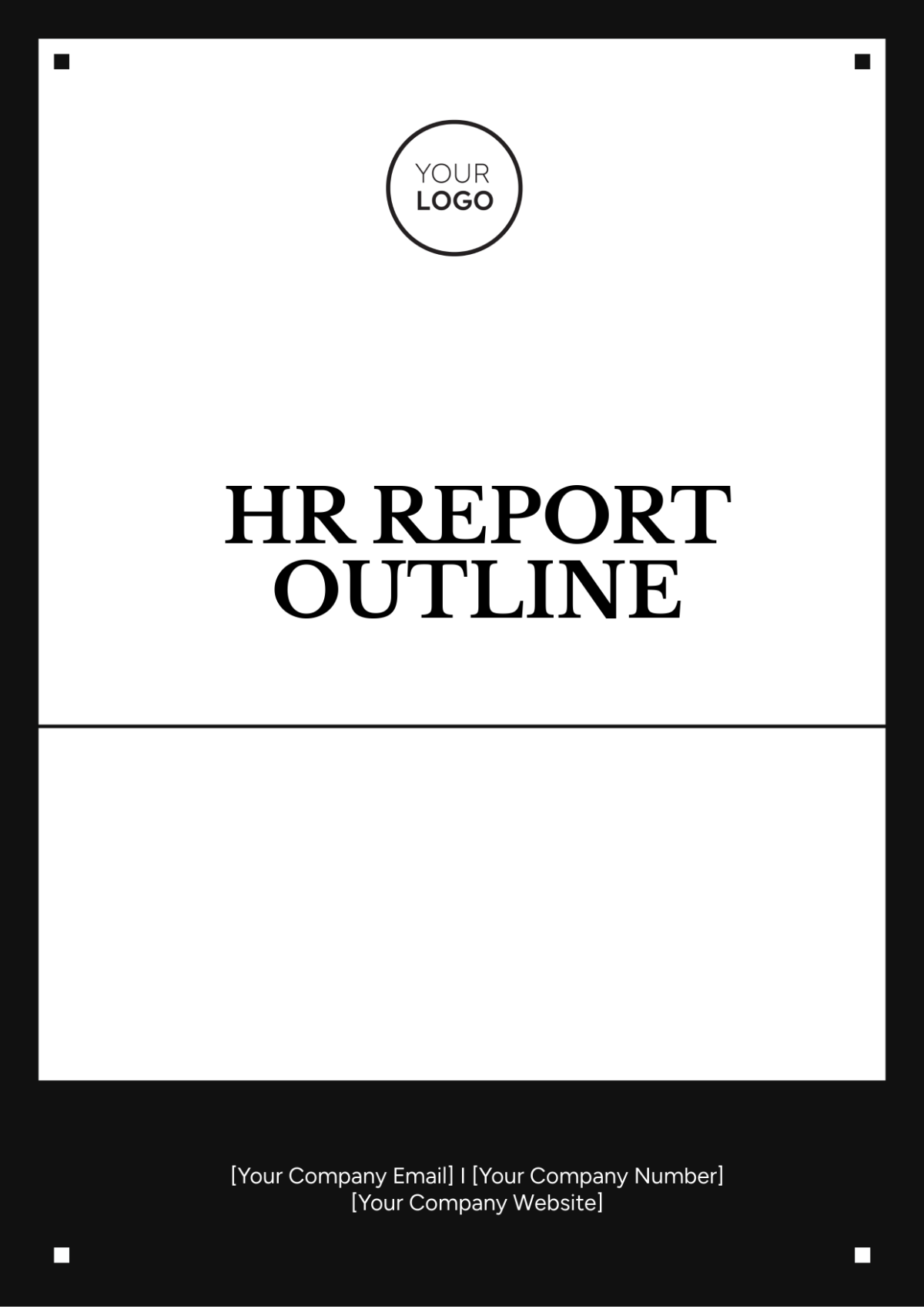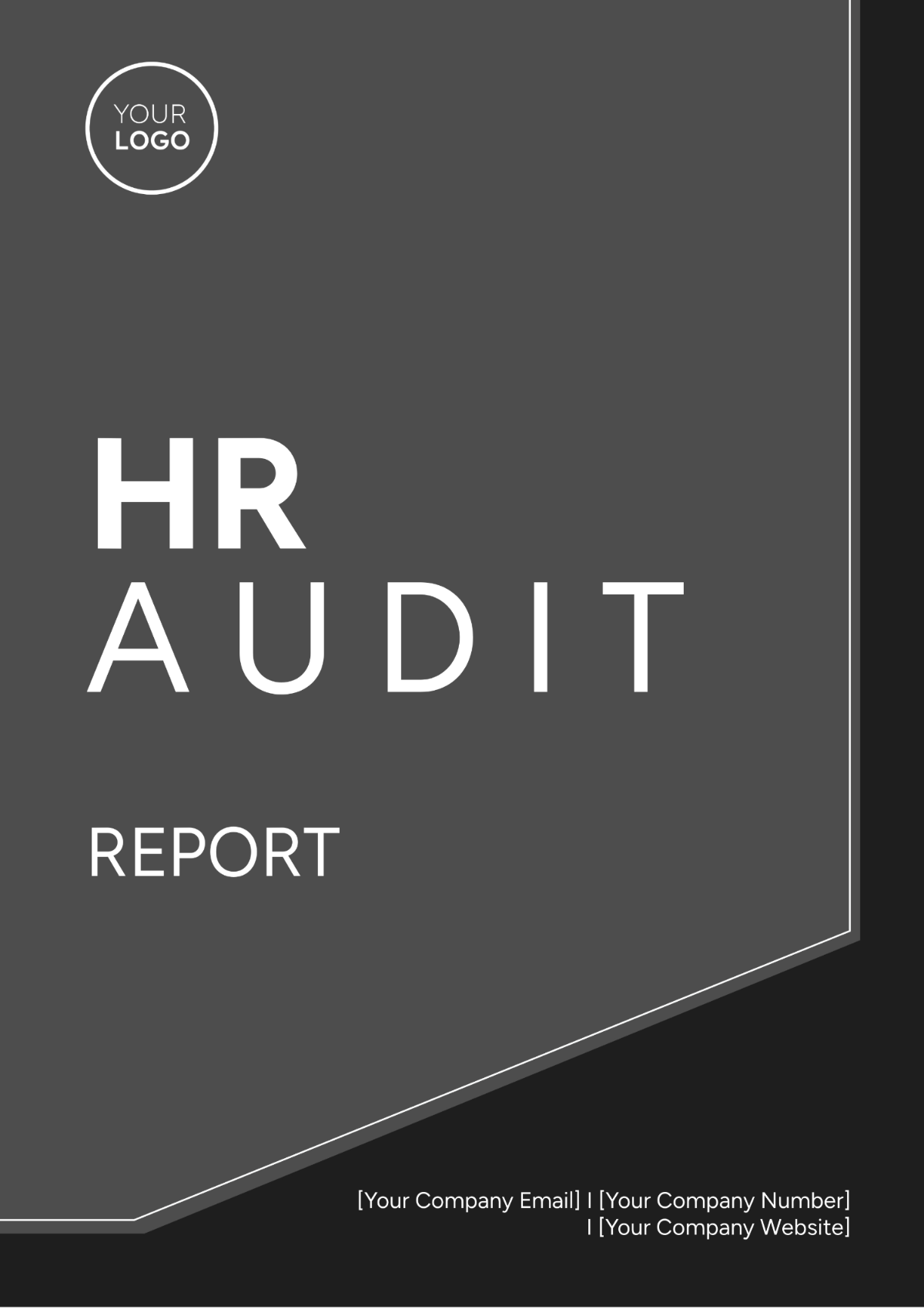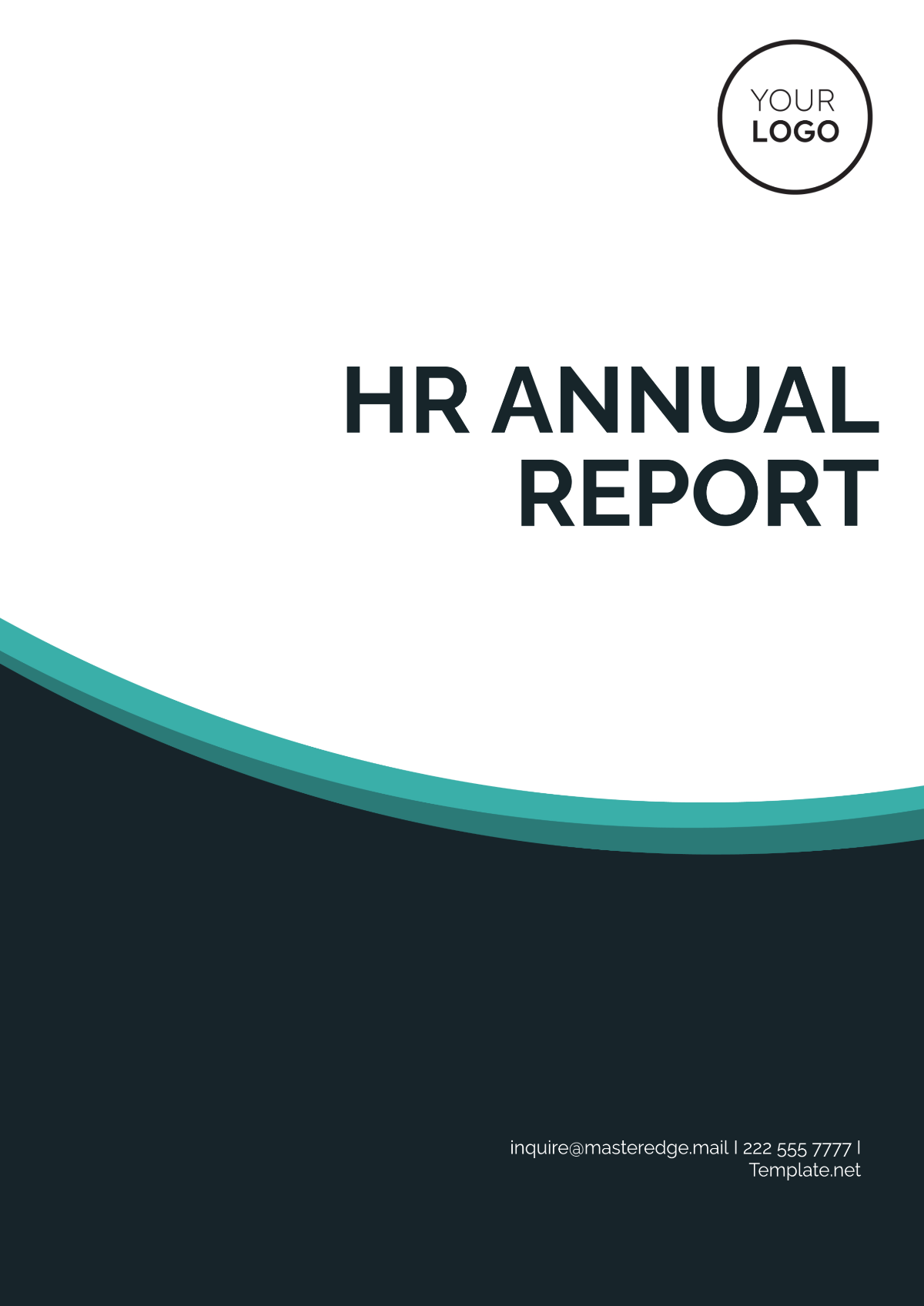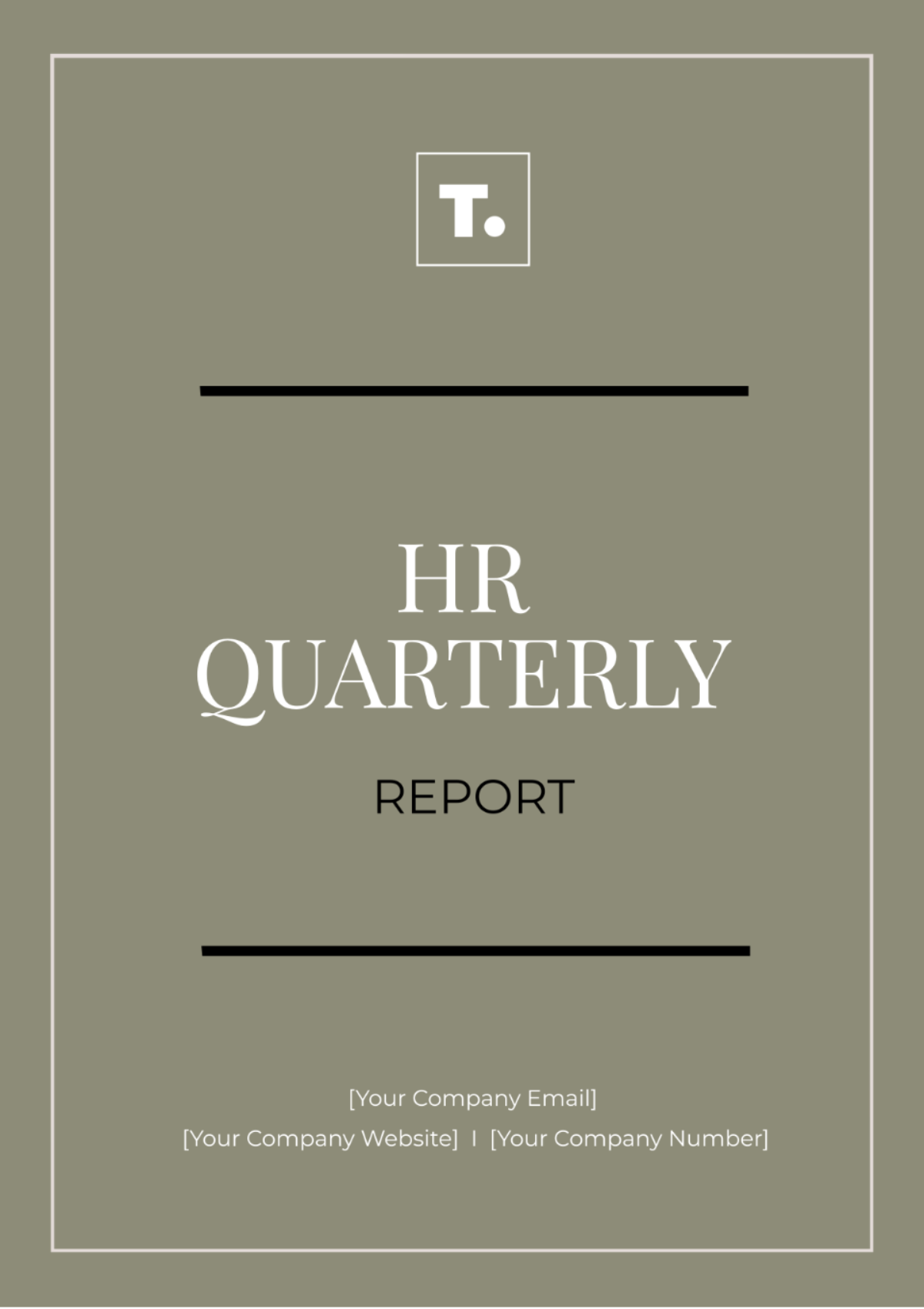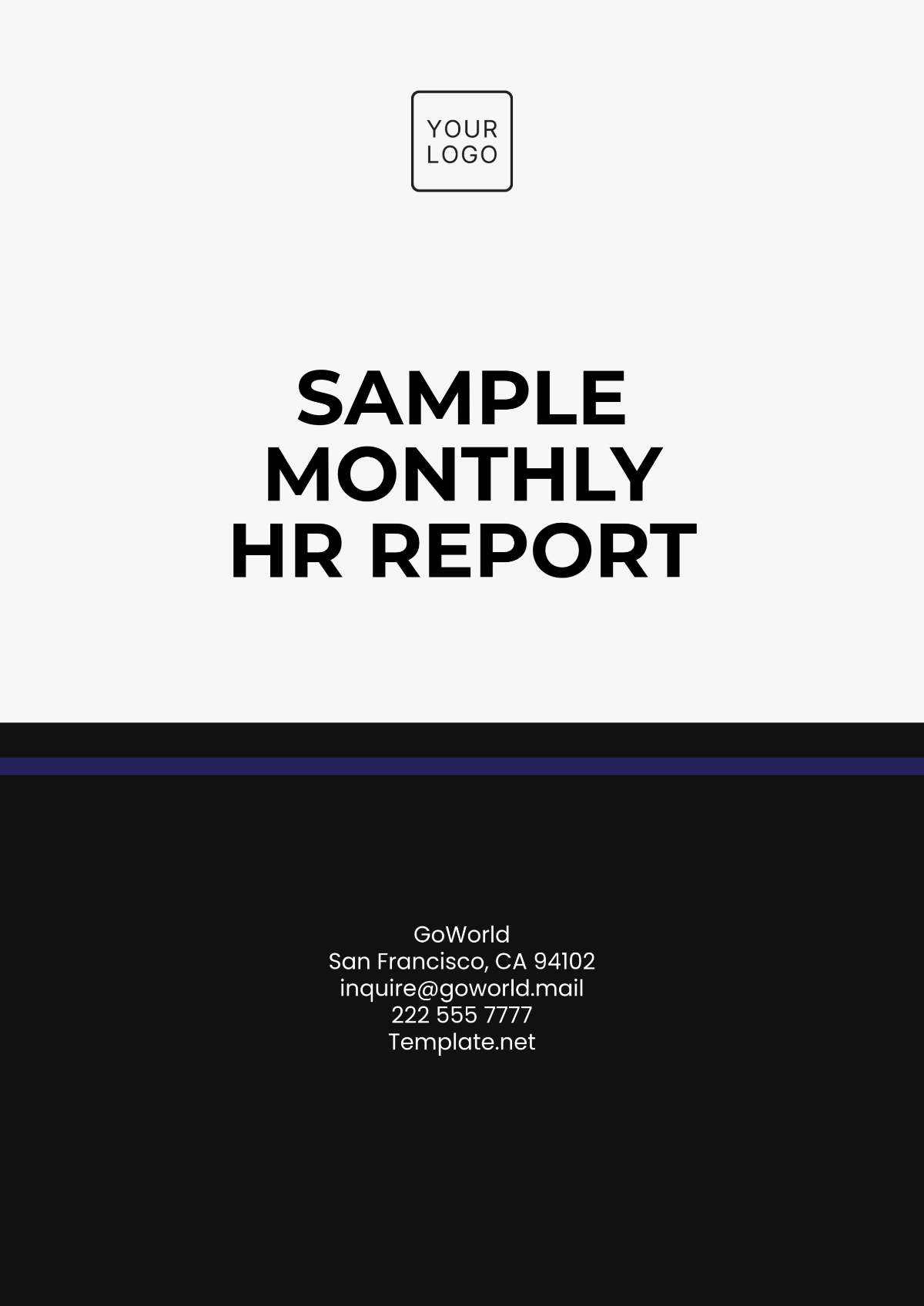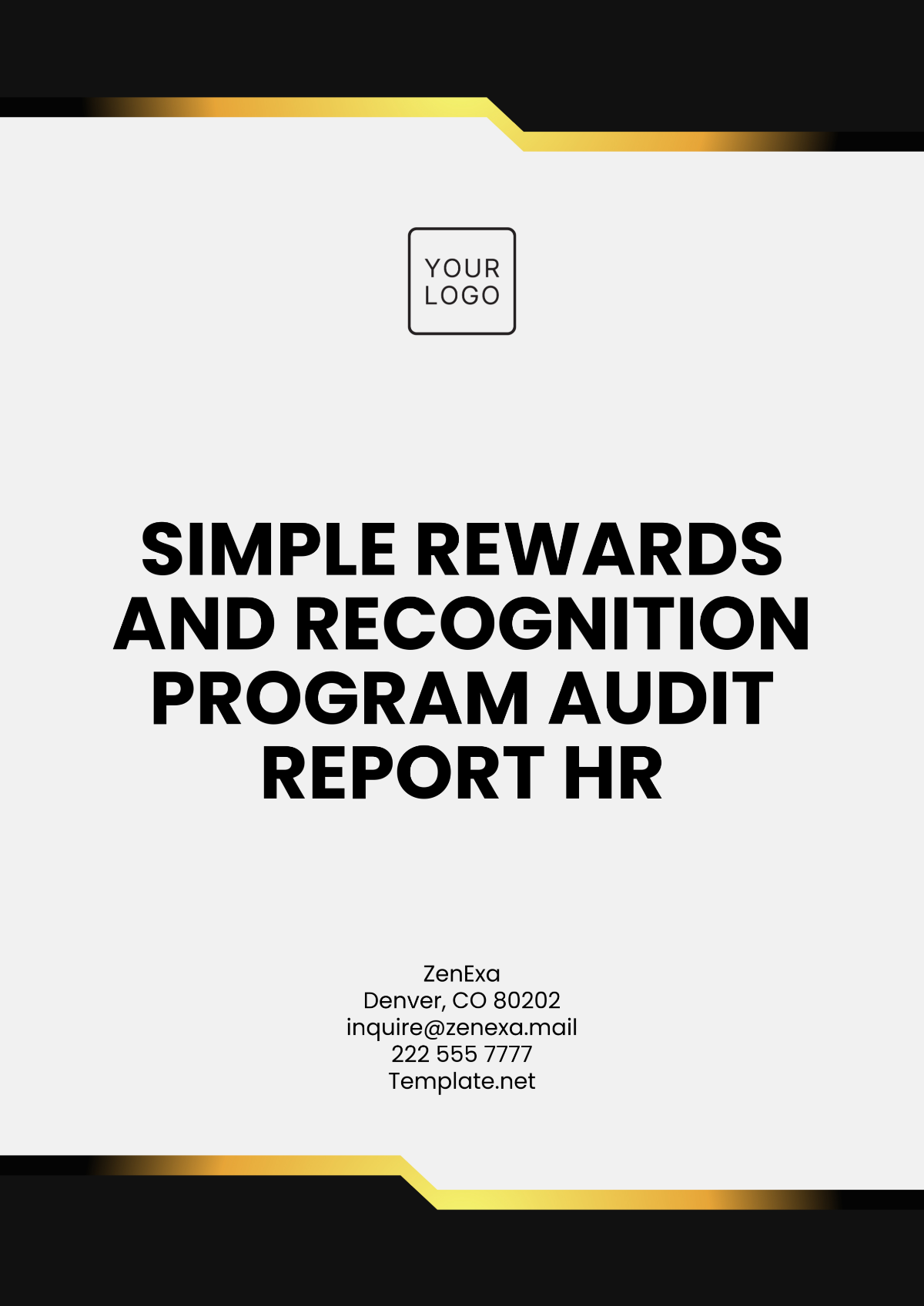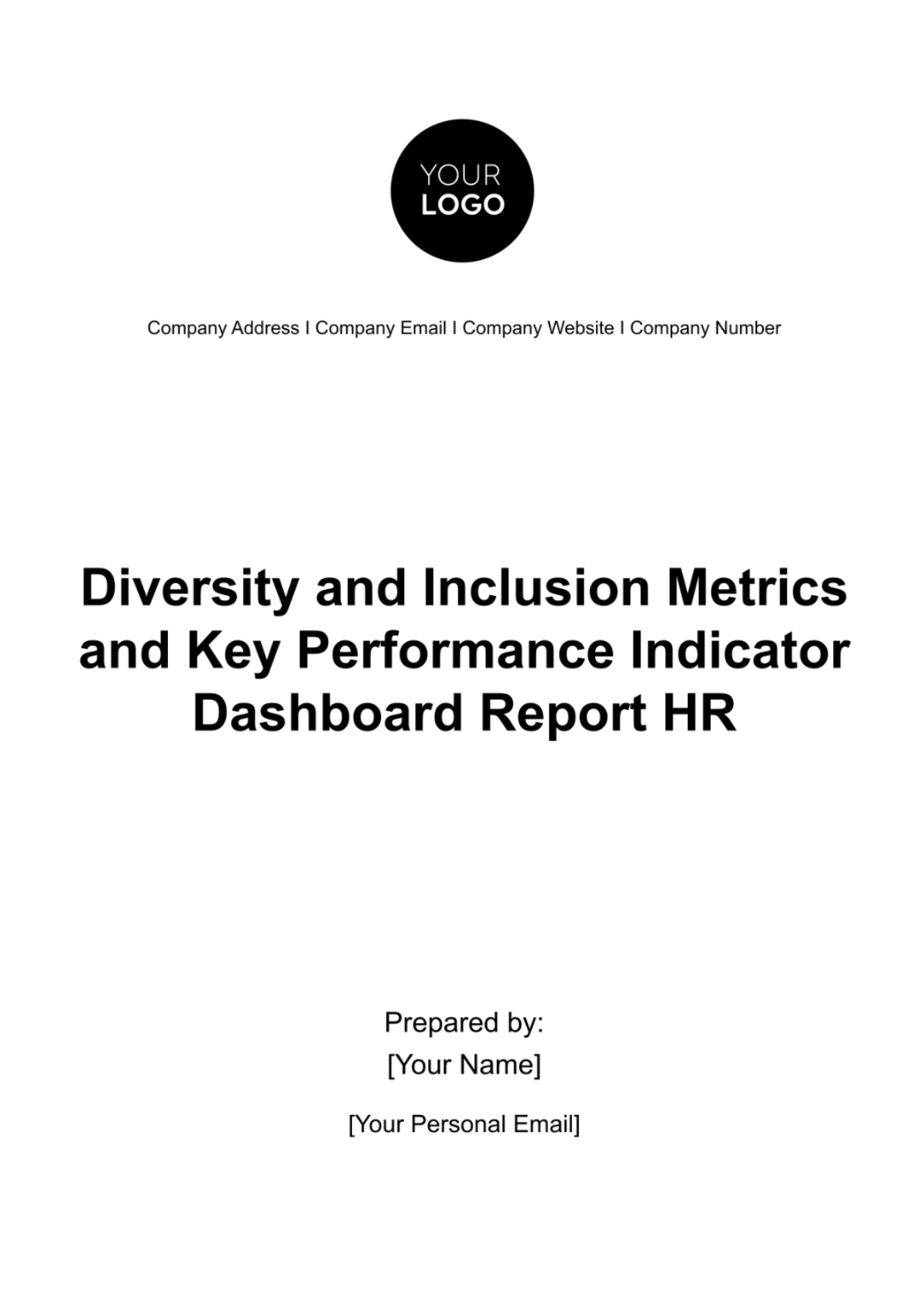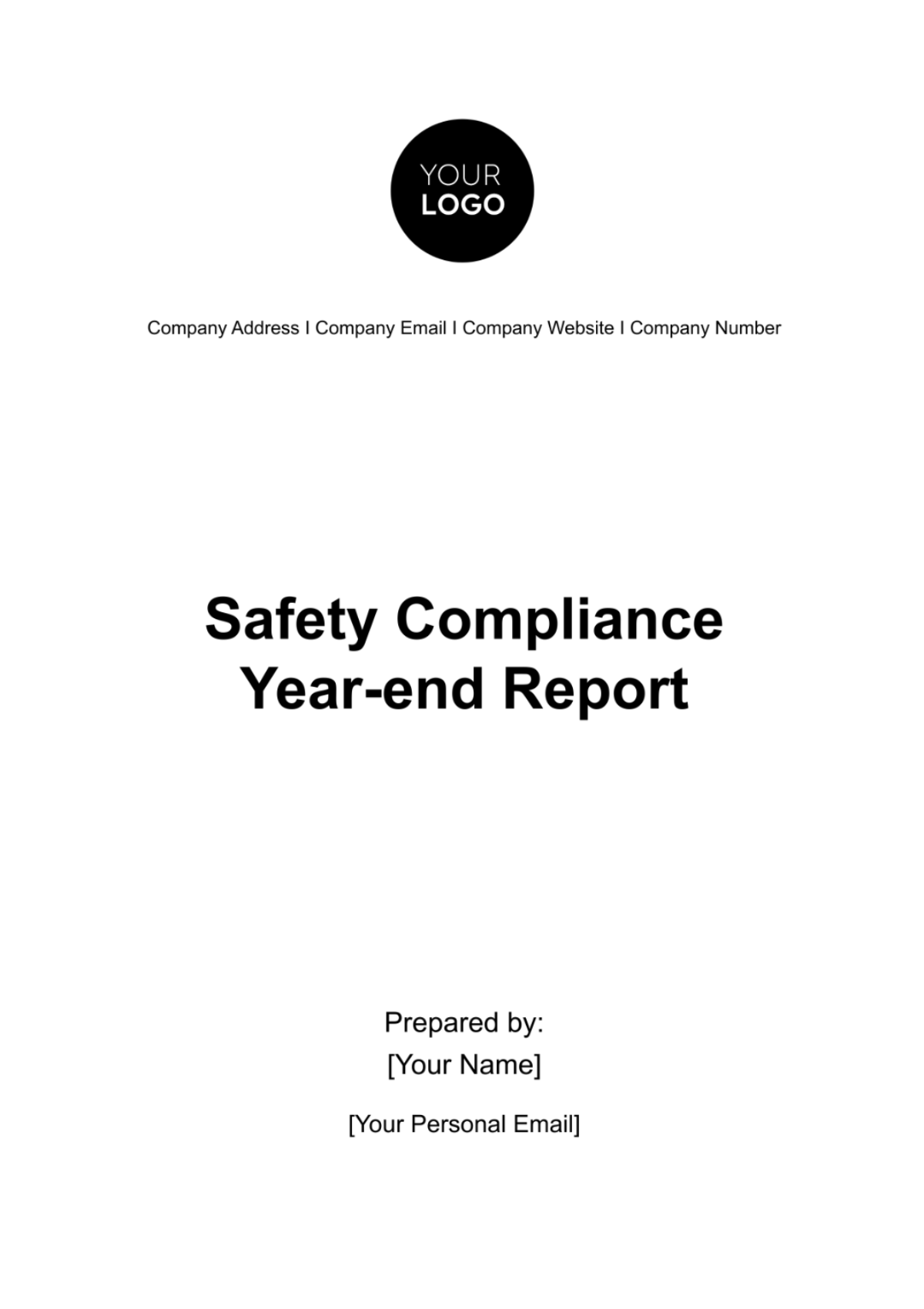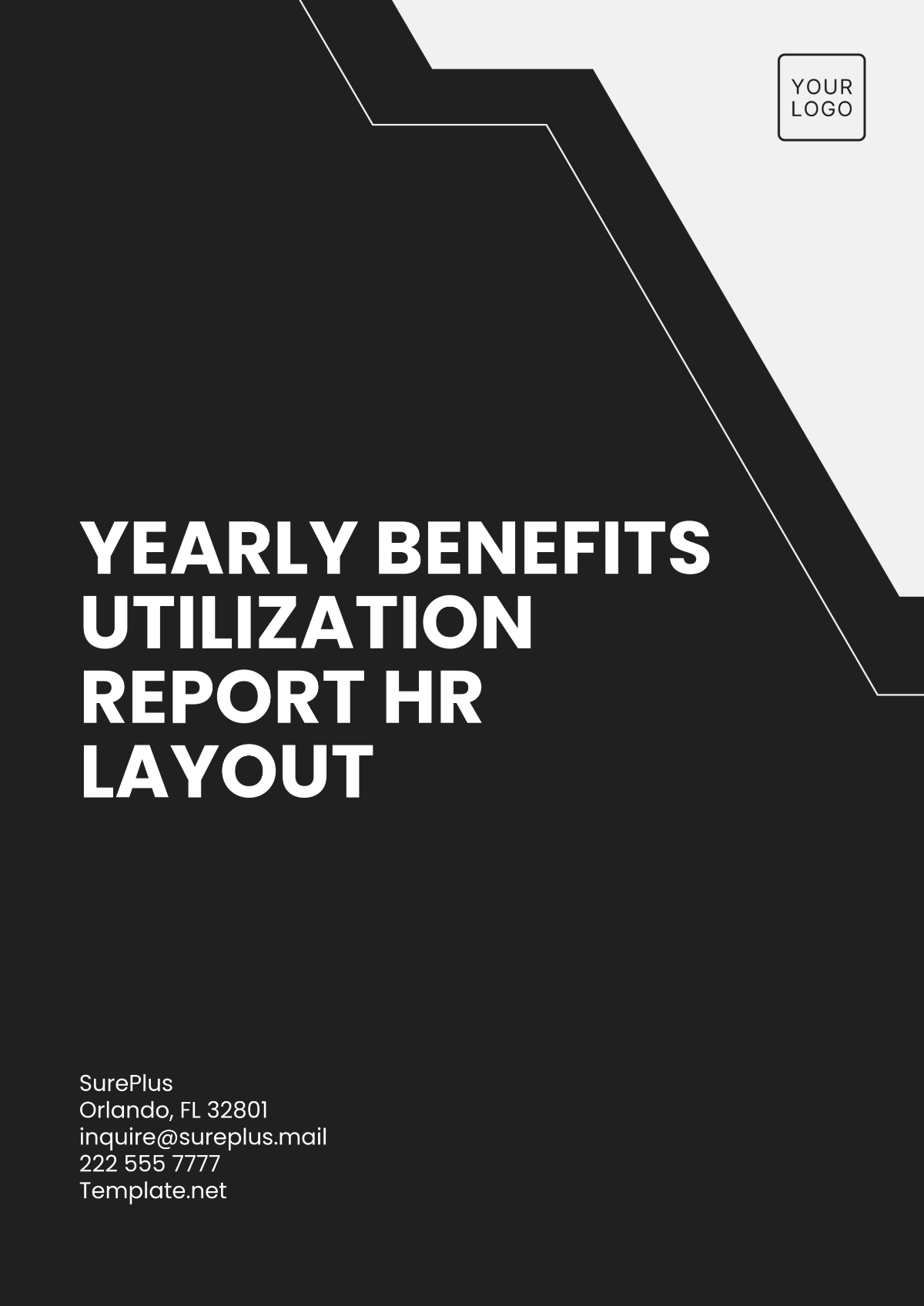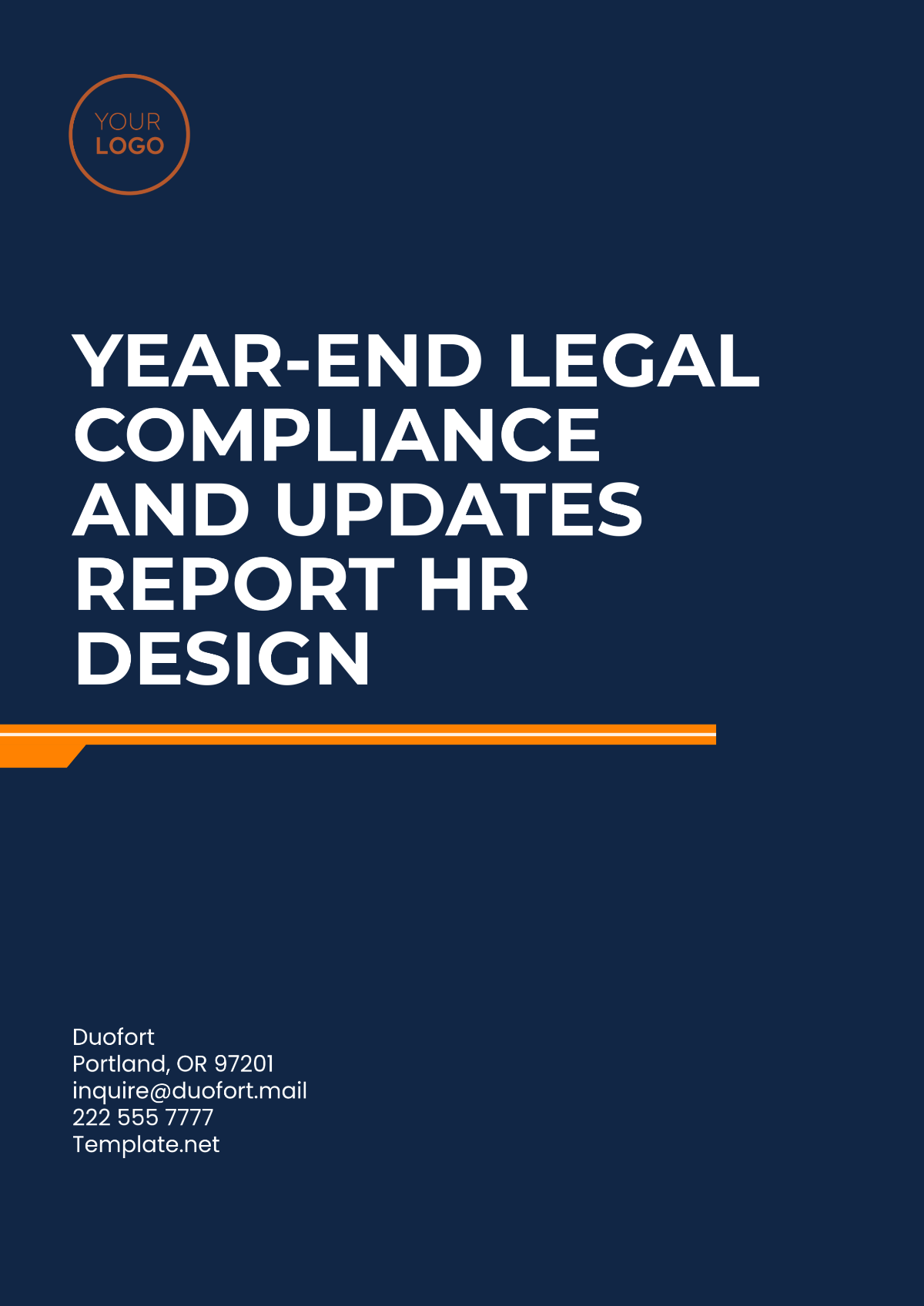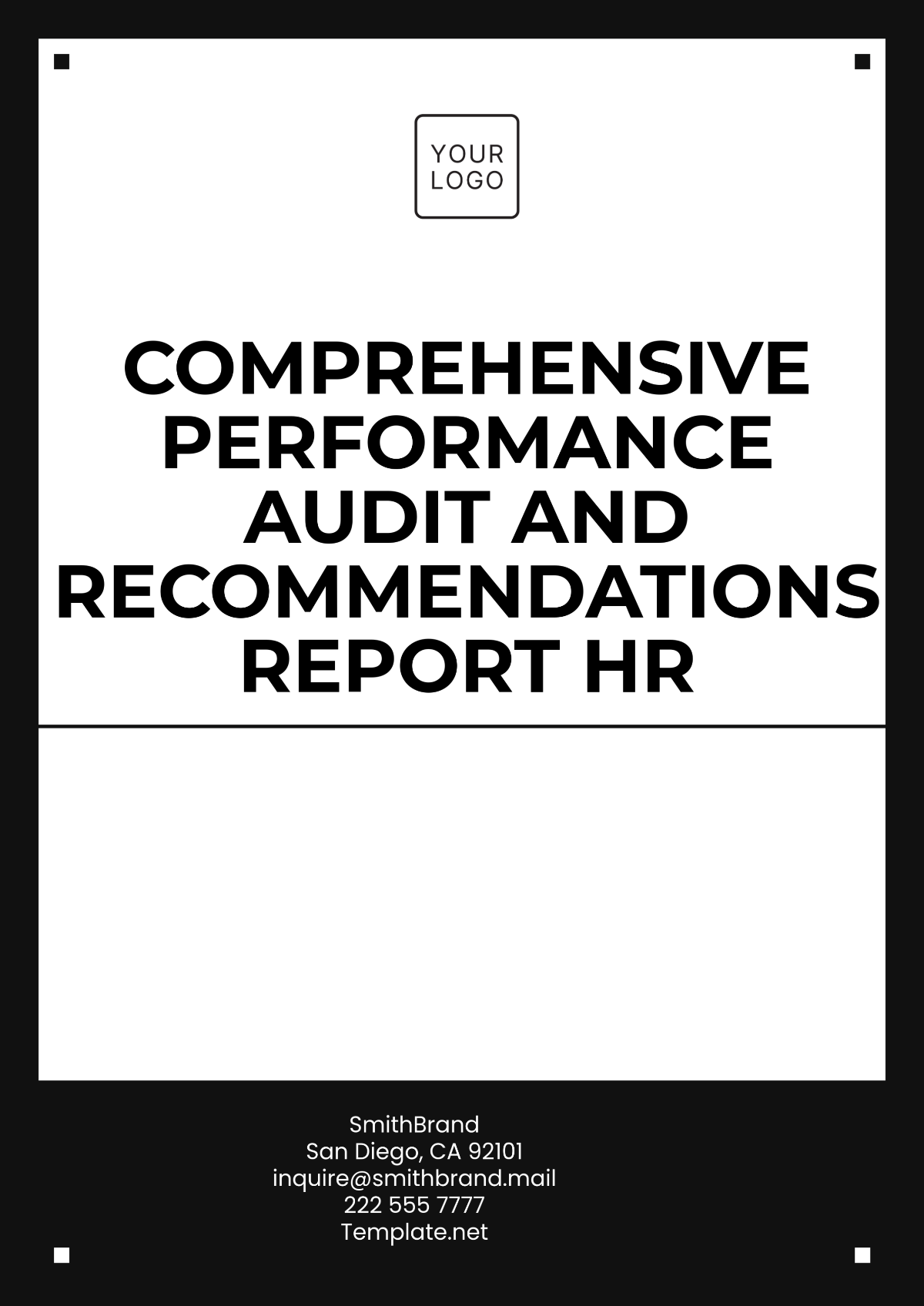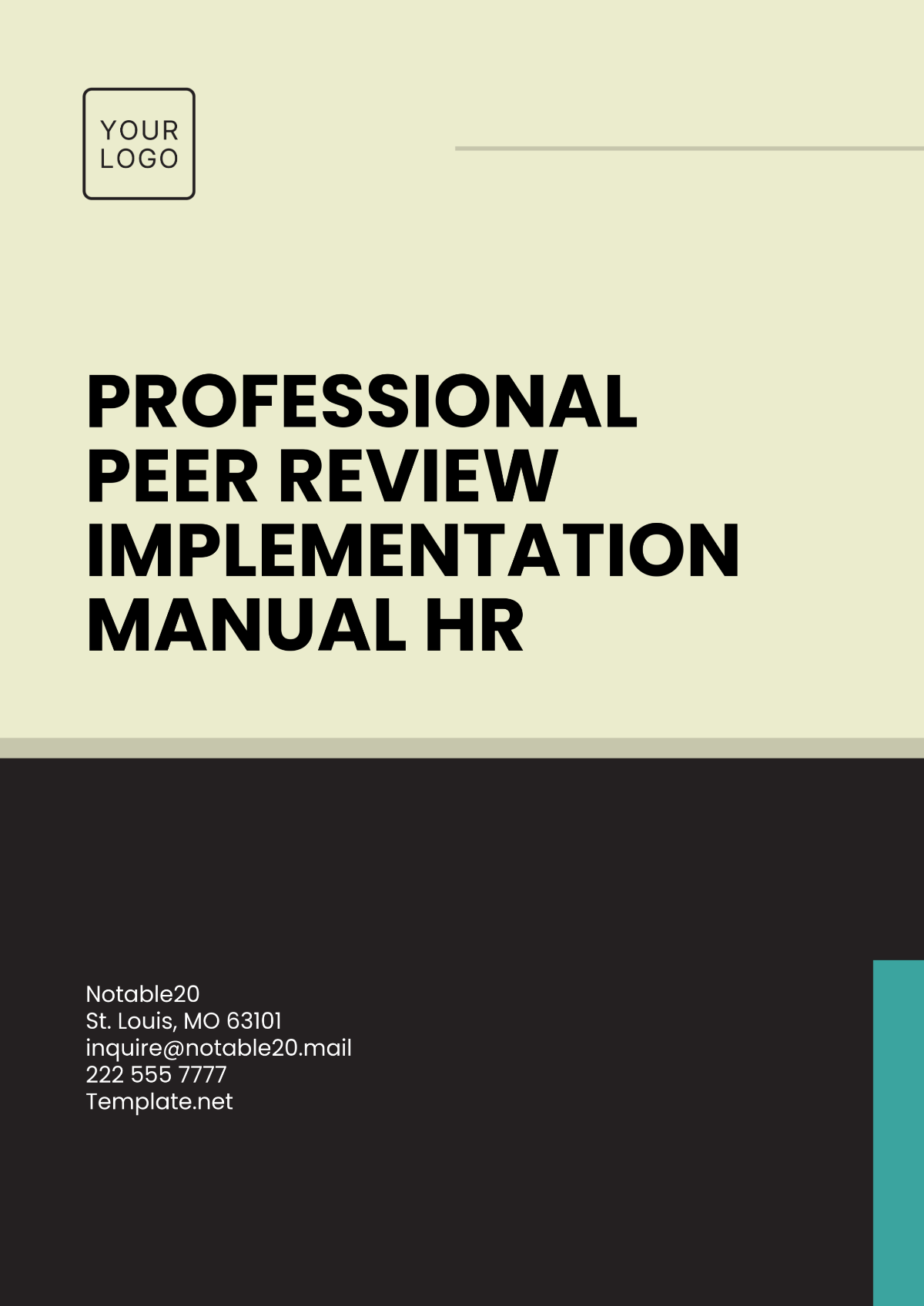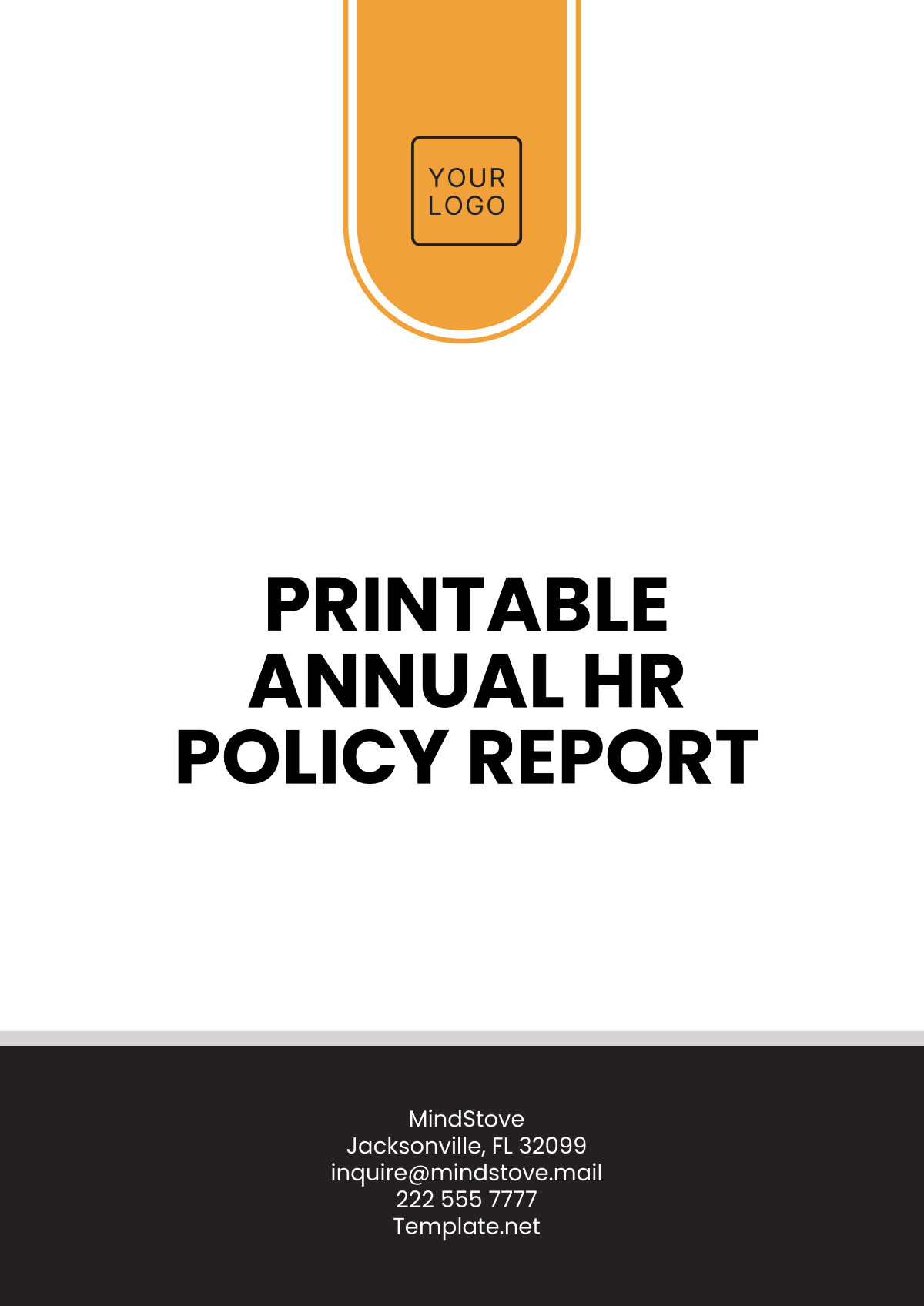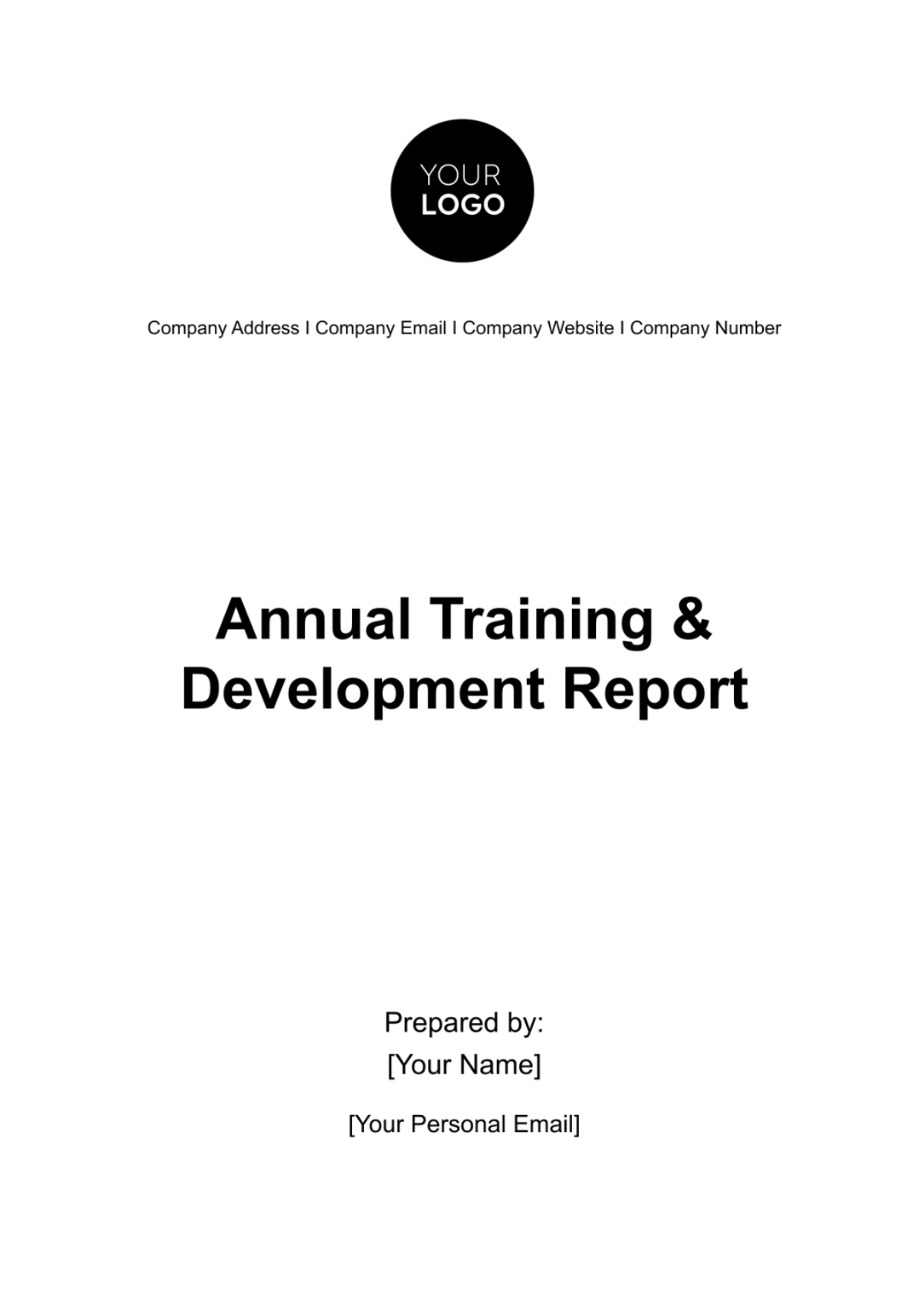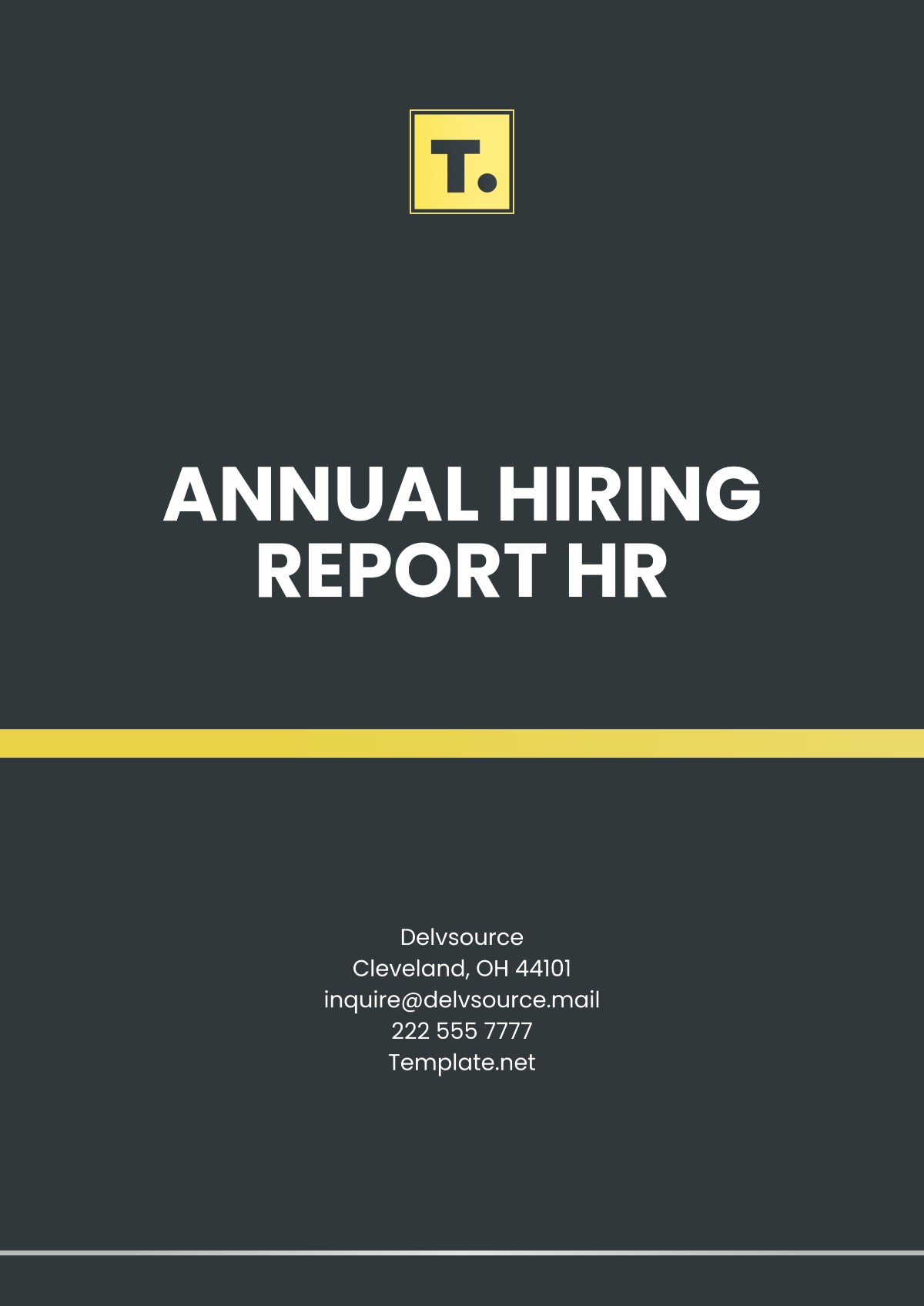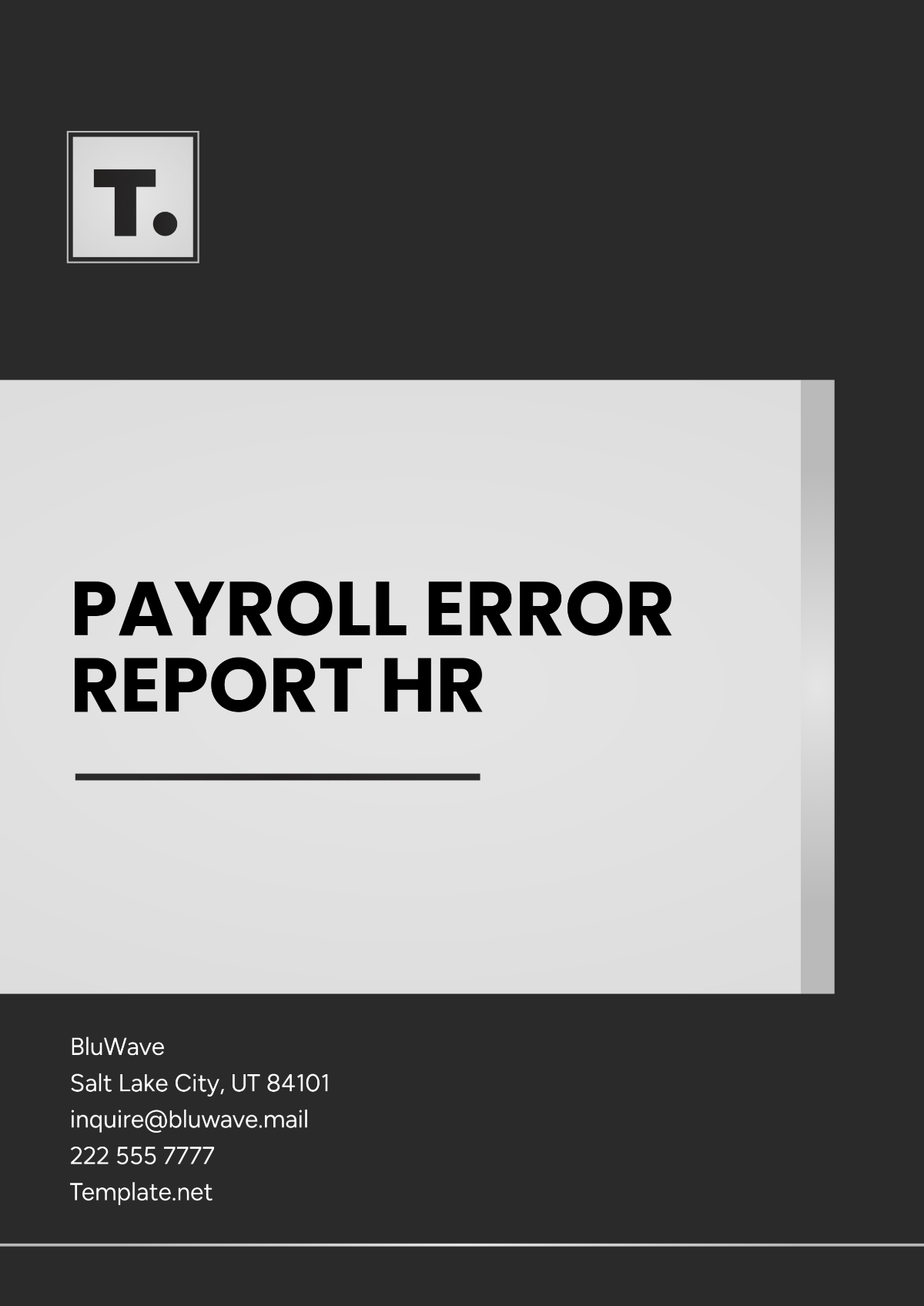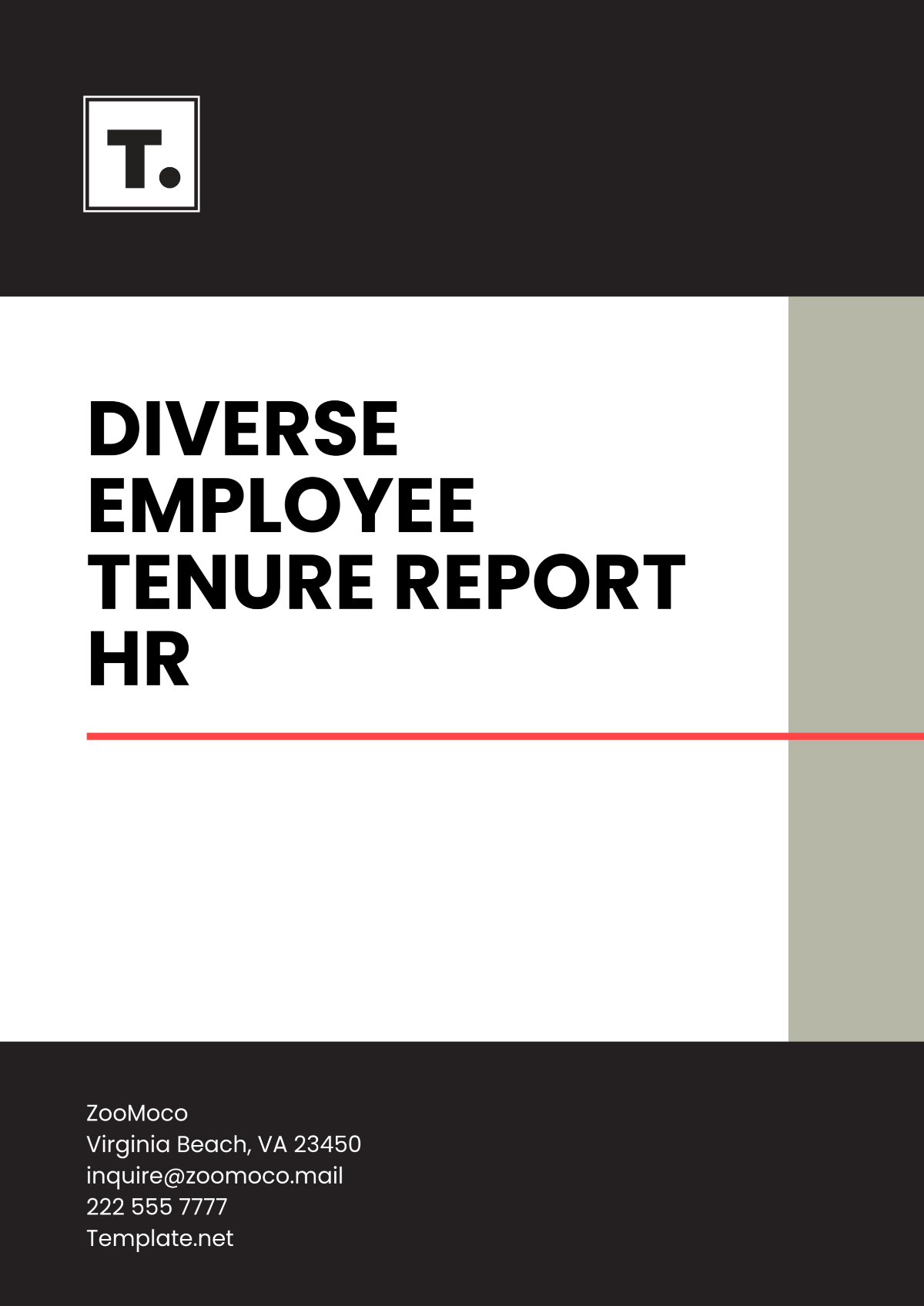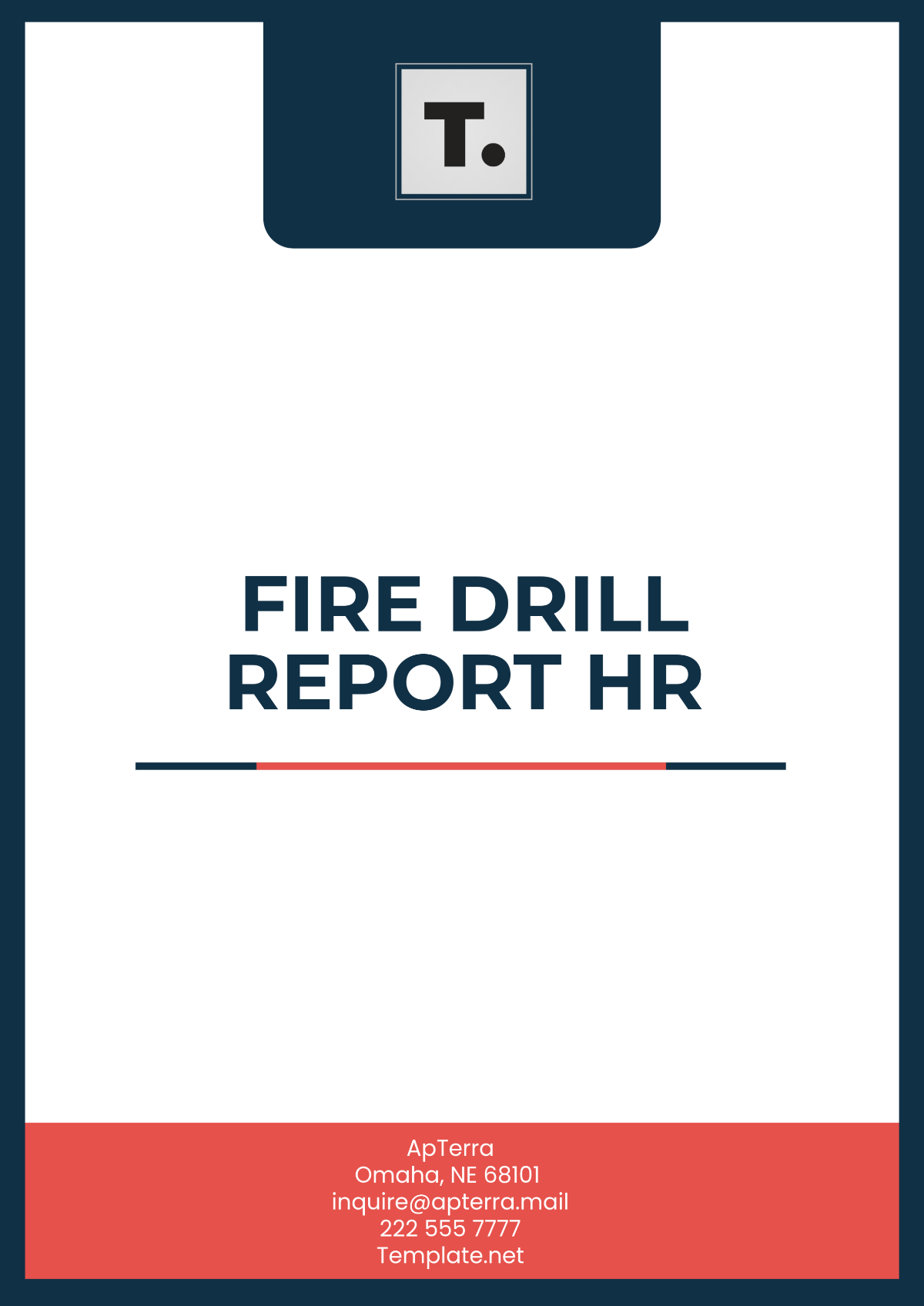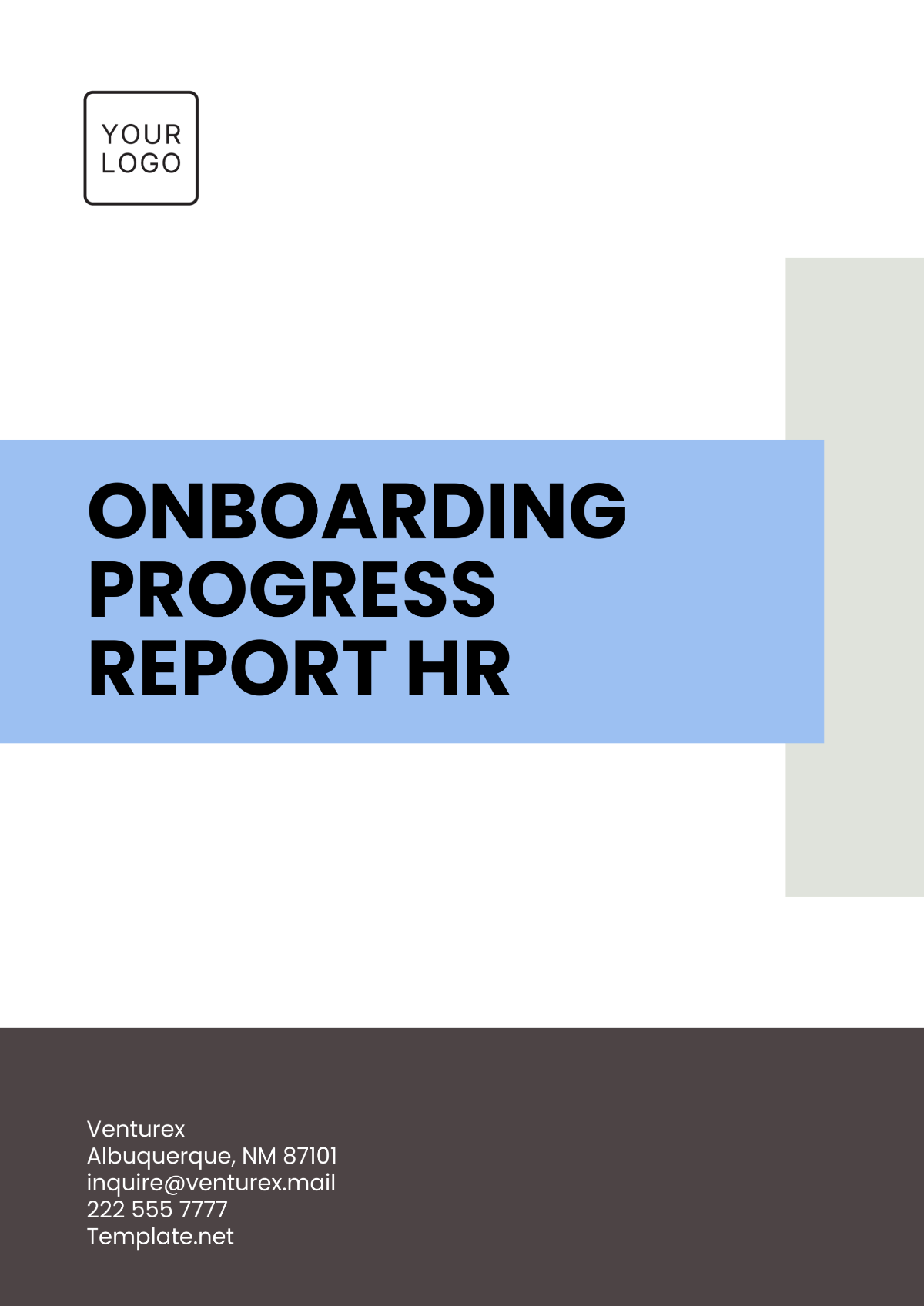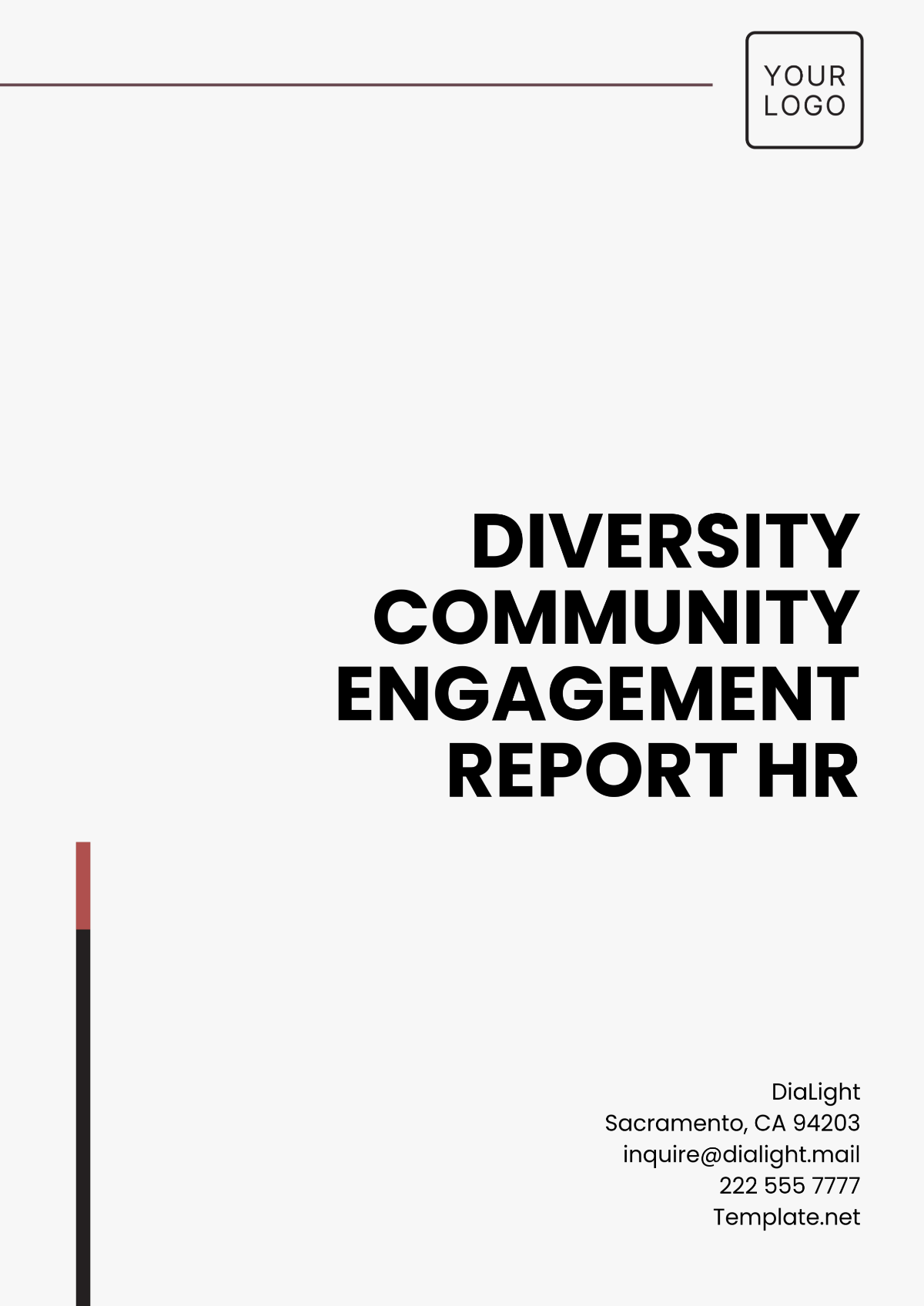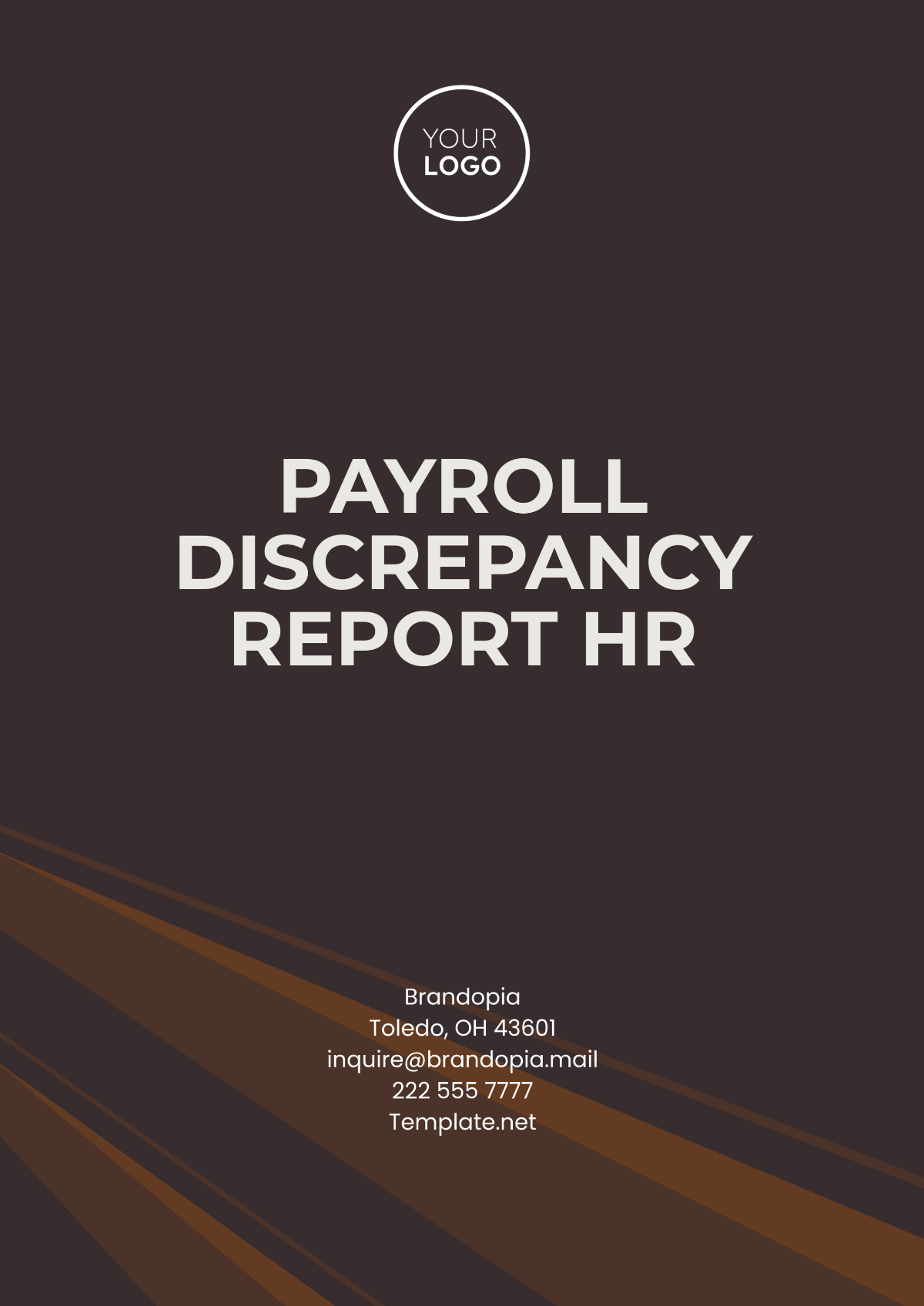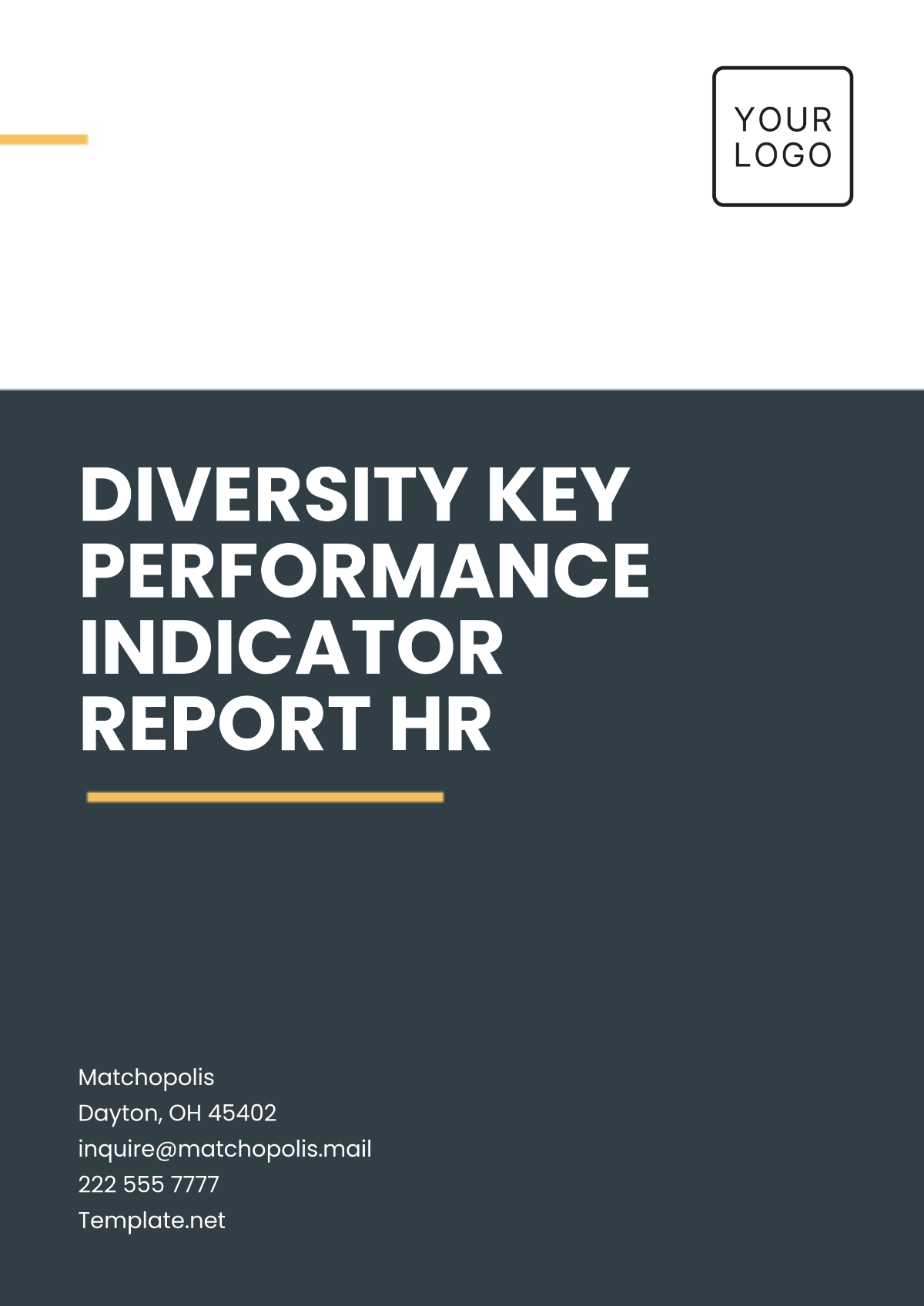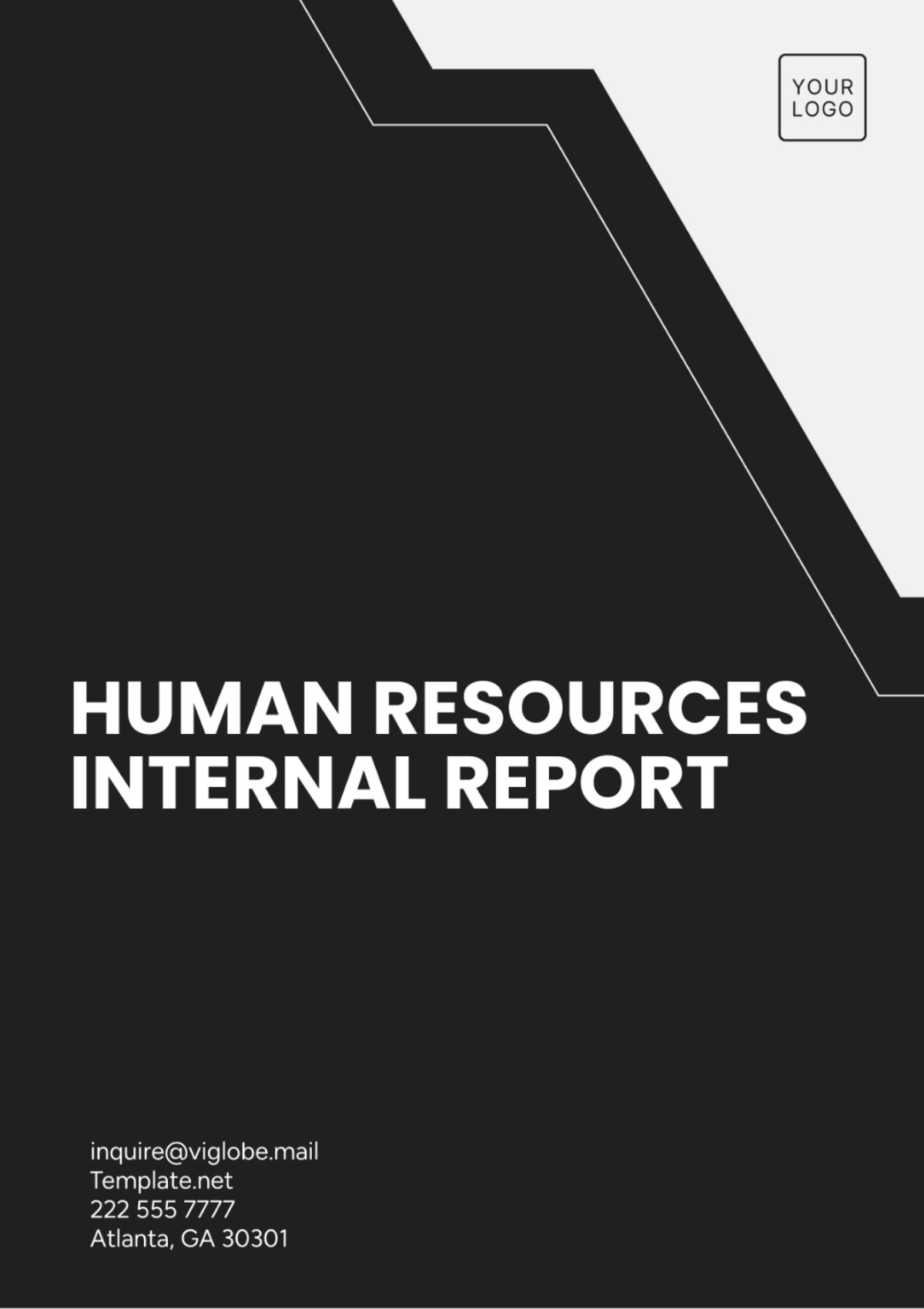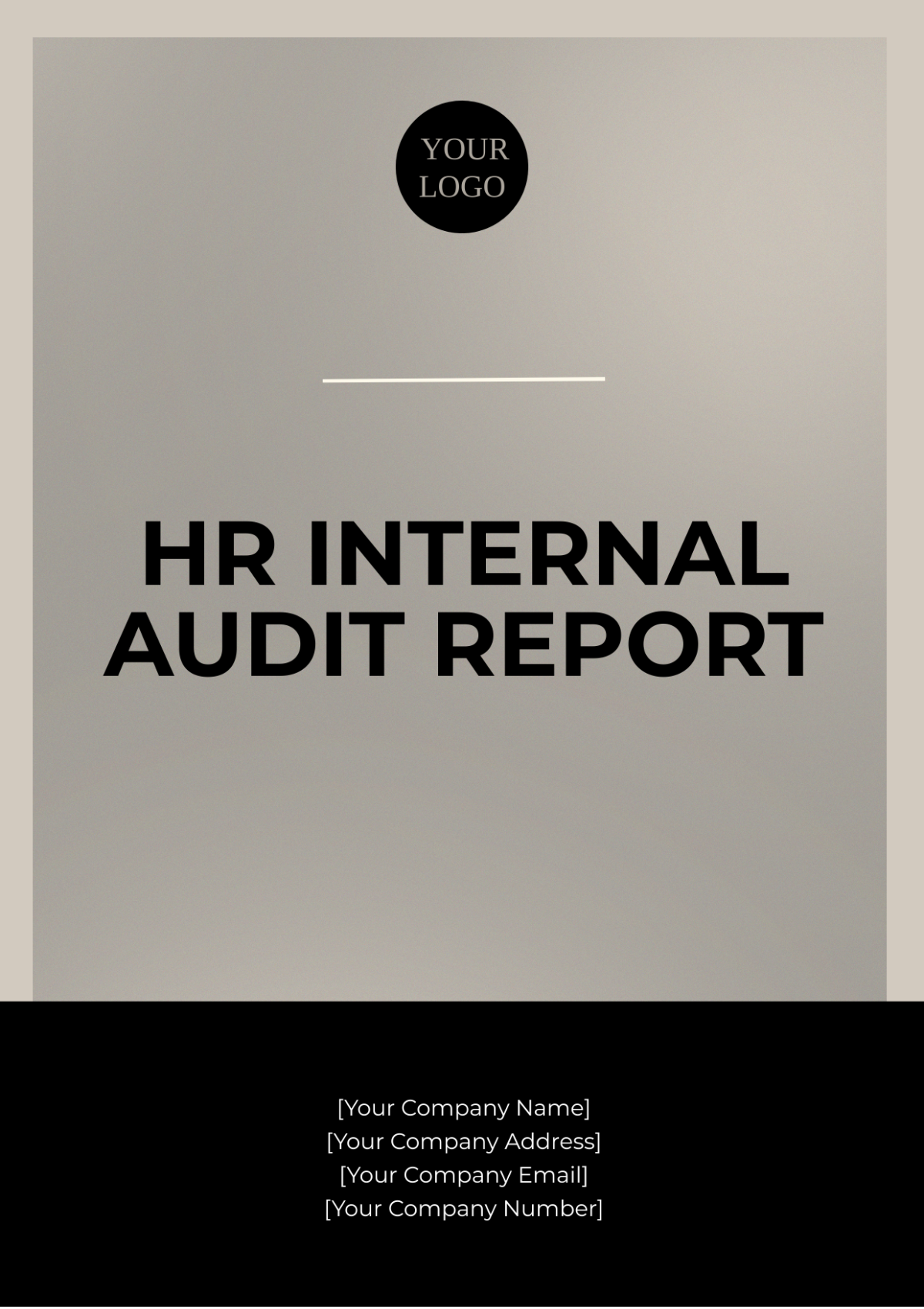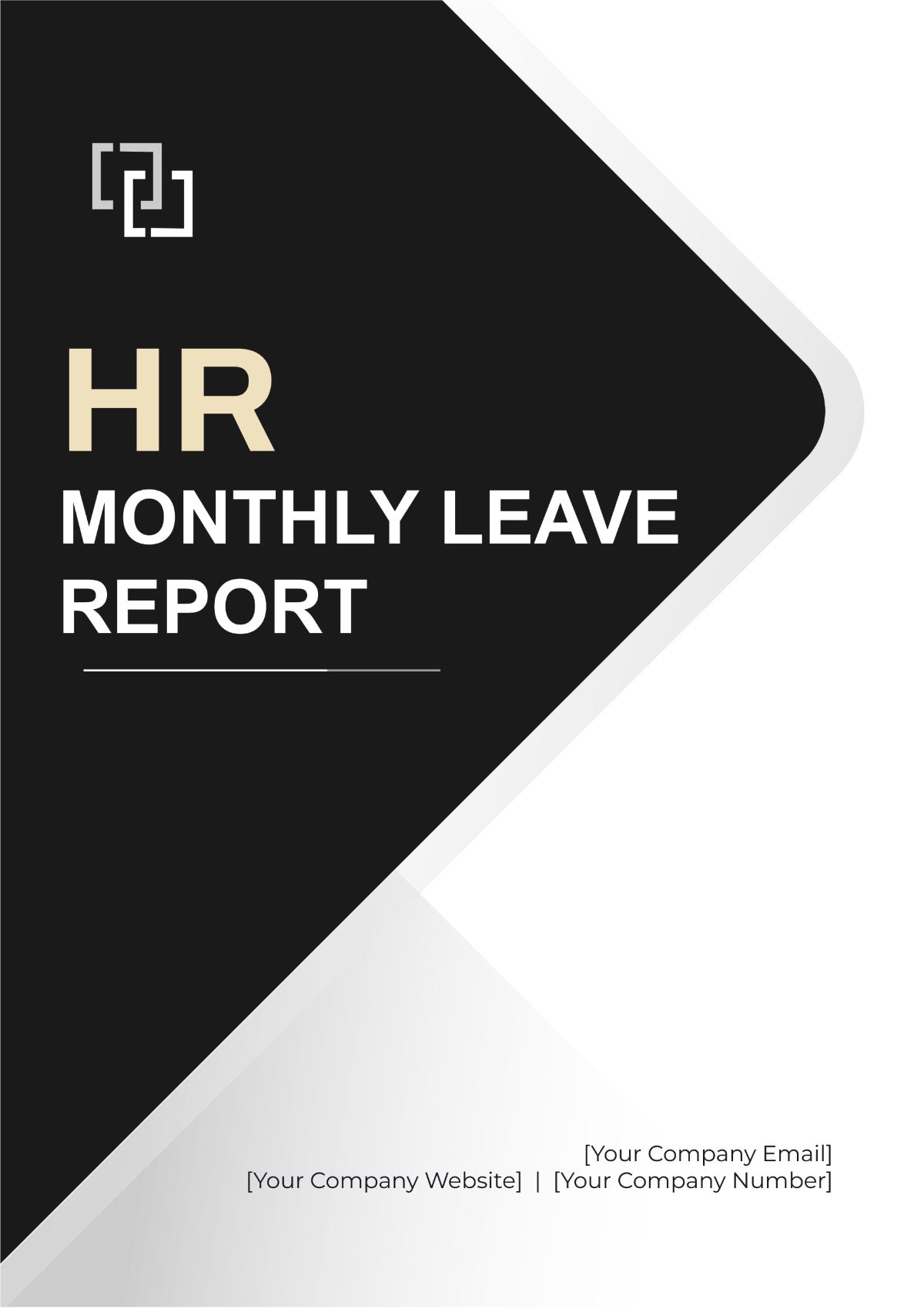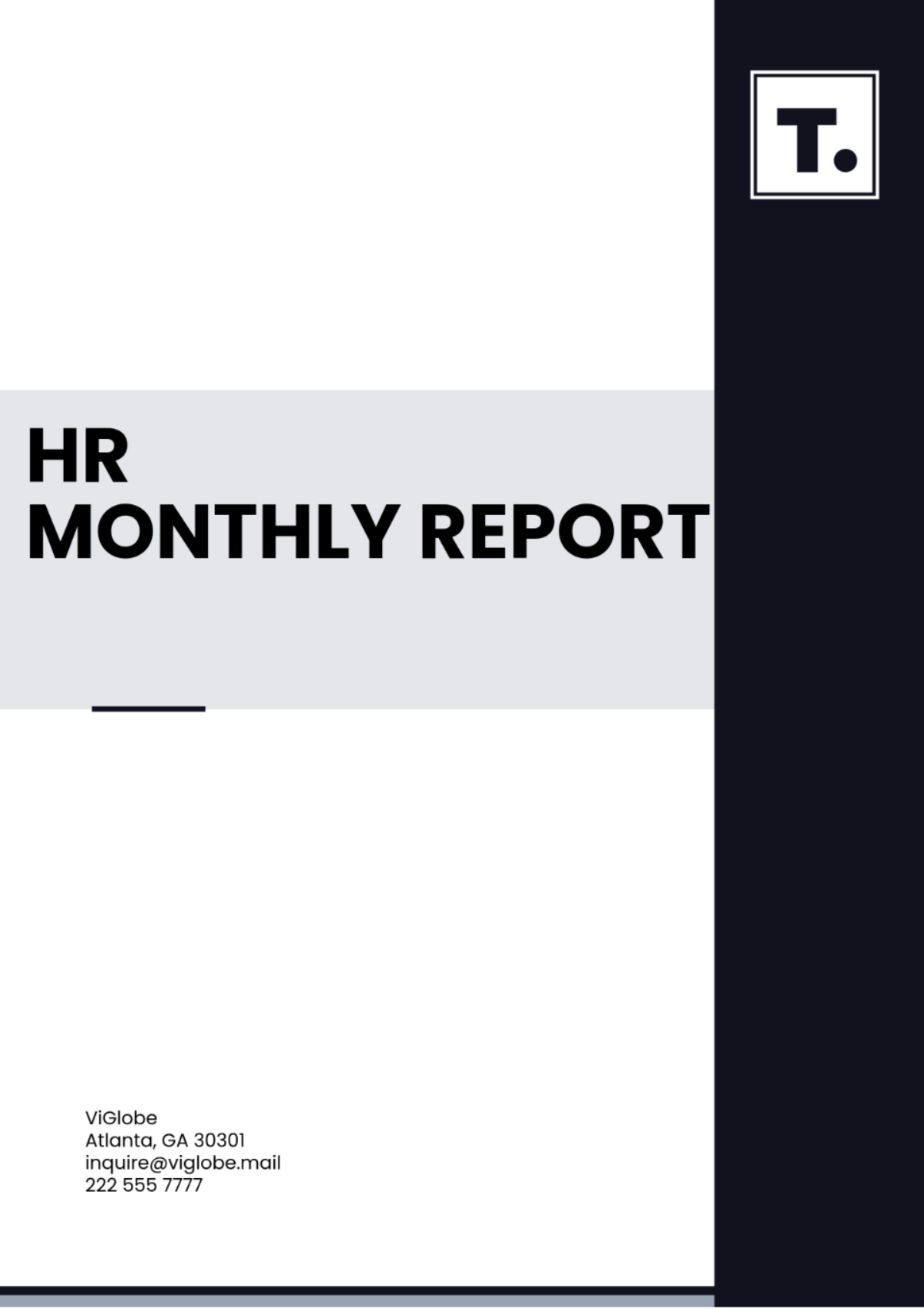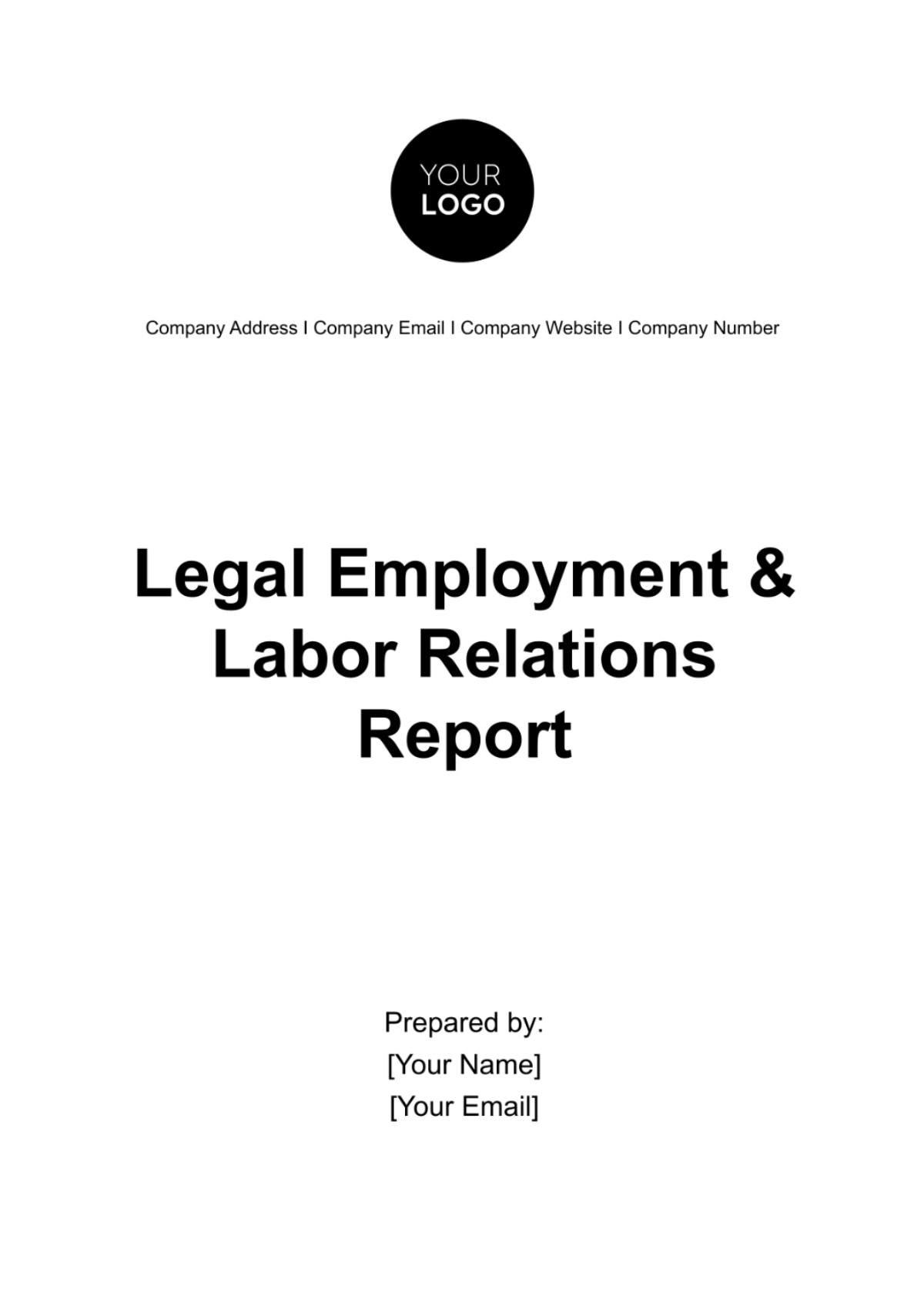HR PROCESS EFFICIENCY REPORT
Executive Summary
The HR Process Efficiency Report serves as a comprehensive assessment of our HR processes' effectiveness and efficiency. This concise summary provides senior management and stakeholders with an overview of the report's key findings and actionable recommendations, allowing for quick insights and decision-making.
Introduction
This HR Process Efficiency Report has been developed to systematically evaluate the performance of our organization's HR processes. By conducting this analysis, we aim to identify areas where enhancements can be made to optimize HR operations and better serve our employees.
Scope and Objectives
The scope of this report encompasses a thorough analysis of critical HR processes that impact our organization's success.
Objectives:
Evaluate the Efficiency of HR Processes: To assess the current state of HR processes and their efficiency in meeting organizational needs.
Identify Areas for Improvement: To pinpoint specific areas within HR operations where enhancements are needed.
Provide Actionable Recommendations: To offer practical and targeted recommendations that will contribute to streamlining HR processes and driving overall efficiency.
Data Collection
The data used in this report has been meticulously collected to ensure accuracy and relevance. The data collection process encompassed various methods, including:
Surveys: We conducted comprehensive surveys among employees and HR personnel to gather valuable insights into their experiences and perspectives on HR processes.
Interviews: In-depth interviews were conducted with key stakeholders and HR staff to gain a deeper understanding of process workflows and pain points.
HR Metrics Analysis: An extensive analysis of HR metrics and performance indicators was performed to provide quantitative data on the efficiency of HR processes.
The data collection period extended from January 1, 2050 to December 31, 2050, ensuring that our analysis reflects the most recent and relevant information available.
Key Performance Indicators (KPIs)
In our assessment of HR process efficiency, we have identified the following Key Performance Indicators (KPIs) that serve as crucial metrics for evaluation. These KPIs help us measure the effectiveness and efficiency of our HR processes:
Time-to-Fill: This KPI represents the average number of days it takes to fill a job vacancy. It measures the speed and responsiveness of our recruitment process.
Employee Turnover Rate: The Employee Turnover Rate is a percentage that signifies the proportion of employees leaving our organization within a specified period. It serves as an indicator of employee satisfaction and retention.
Cost per Hire: The Cost per Hire KPI indicates the average financial expenditure incurred for each new employee we onboard. It measures the efficiency of our hiring process in terms of cost management.
Data Analysis
In our analysis of HR process data, we have summarized key performance metrics as follows:
Metric | Current Value | Industry Benchmark |
Time-to-Fill (days) | 45 days | 30 days |
Employee Turnover (%) | 12% | 10% |
Cost per Hire ($) | $5,000 | $4,000 |
Time-to-Fill (days): The average number of days it takes to fill a job vacancy.
Employee Turnover (%): The percentage of employees leaving the organization.
Cost per Hire ($): The average cost incurred to hire a new employee.
Please note that these values are based on data collected during January 1, 2050, to December 31, 2050.
Findings
After conducting a rigorous analysis of our HR processes, several key findings have emerged:
Time-to-Fill: Our analysis indicates that the average time-to-fill for job vacancies is currently 45 days. This metric suggests that there is an opportunity to improve the efficiency of our recruitment process to reduce the time-to-fill.
Employee Turnover Rate: The Employee Turnover Rate, which stands at 12%, is slightly higher than the industry standards. This finding emphasizes the need to focus on employee retention strategies and engagement initiatives.
Cost per Hire: Our Cost per Hire metric is currently $5,000, and it aligns with industry averages. However, there may still be opportunities to explore cost-effective sourcing channels and further optimize our hiring costs.
Recommendations
To enhance the efficiency of our HR processes and address the findings highlighted above, we propose the following actionable recommendations:
Streamline the Recruitment Process: We recommend streamlining our recruitment process to reduce the time-to-fill to a target of 30 days or fewer. This can be achieved by identifying bottlenecks, optimizing workflows, and enhancing communication with candidates.
Implement Retention Strategies: In response to the slightly elevated Employee Turnover Rate, we recommend implementing comprehensive retention strategies. These strategies should focus on enhancing employee satisfaction, career development, and opportunities for advancement to reduce turnover and increase retention to a target of 10%.
Explore Cost-Effective Sourcing Channels: While our Cost per Hire is in line with industry averages, we recommend continuously exploring cost-effective sourcing channels and reviewing vendor agreements to further reduce the cost per hire to $4,000.
By implementing these recommendations, we aim to enhance the efficiency of our HR processes, ultimately contributing to a more productive and satisfied workforce.
Implementation Plan
The successful execution of the recommended improvements is pivotal to enhancing our HR process efficiency. Here, we outline the plan for implementing each recommendation, including timelines and responsibilities.
Recommendation 1: Streamline Recruitment Process
Timeline: The implementation of this recommendation is scheduled to take place from January 1, 2051 to March 31, 2051.
Responsibility: The Human Resources Department will be accountable for overseeing and executing this initiative.
Action Steps: The specific steps to streamline the recruitment process are as follows:
Conduct a comprehensive review of current recruitment workflows.
Identify bottlenecks and areas of inefficiency.
Collaborate with stakeholders to redesign and optimize recruitment procedures.
Implement process improvements, including enhanced candidate sourcing strategies.
Monitor progress and make necessary adjustments throughout the implementation period.
Evaluate the impact of changes on the time-to-fill metric.
Monitoring and Evaluation
The effectiveness of the implemented changes will be continuously monitored and rigorously evaluated to ensure their impact on HR process efficiency. Our approach to monitoring and evaluation includes:
Regular Data Collection: We will continue to collect HR process data to assess the impact of the changes.
Quarterly Reviews: Progress will be reviewed quarterly, with key performance metrics and benchmarks analyzed.
Ongoing Adjustments: If necessary, adjustments will be made to our HR processes and strategies to align with the desired outcomes.
Stakeholder Feedback: We value feedback from HR personnel, employees, and stakeholders, which will inform our evaluation process.
Conclusion
In summary, this HR Process Efficiency Report serves as a valuable tool for our organization to enhance HR operations. By embracing the recommendations outlined in this report and diligently implementing them, we are poised to elevate HR process efficiency. These enhancements will not only benefit our organization but also contribute to the satisfaction and productivity of our employees.
Appendices
To provide additional context and support for this report, we have included the following appendices:
Appendix A: Survey Results: This section presents the detailed findings from the surveys conducted during the data collection phase. It includes responses and insights from employees and HR personnel.
Appendix B: Detailed Analysis: This appendix offers a deeper dive into the data analysis performed in this report. It includes additional charts, graphs, and statistical analyses that provide further context and insights.
References
This report relies on various sources, references, and methodologies to ensure accuracy and validity. The following references have been used in the preparation of this report:
Industry Reports: Insights and industry benchmarks have been derived from reputable industry reports and publications.
Employee Surveys: The data collected from employee surveys conducted between January 1, 2050 and December 31, 2050 served as a primary source for understanding employee perspectives and satisfaction levels.
Interviews: In-depth interviews were conducted with HR professionals and key stakeholders, providing qualitative insights into HR processes and challenges.
HR Metrics and Records: Analysis of HR metrics, including time-to-fill, employee turnover rates, and cost per hire, was based on data extracted from our organization's HR records and databases.
Internal Documents: Internal HR process documents, policy manuals, and procedure guidelines served as essential references for understanding our existing HR processes.
